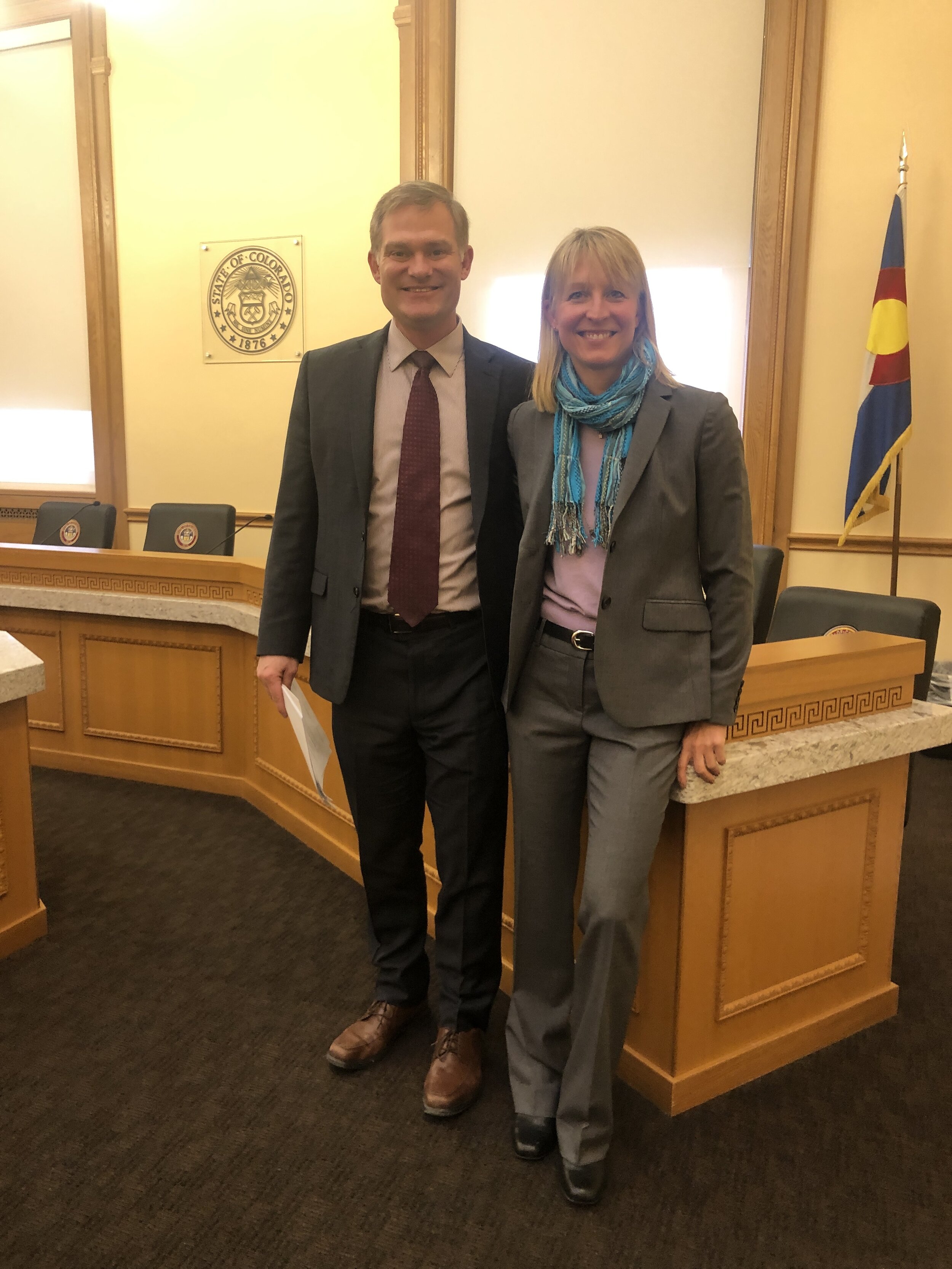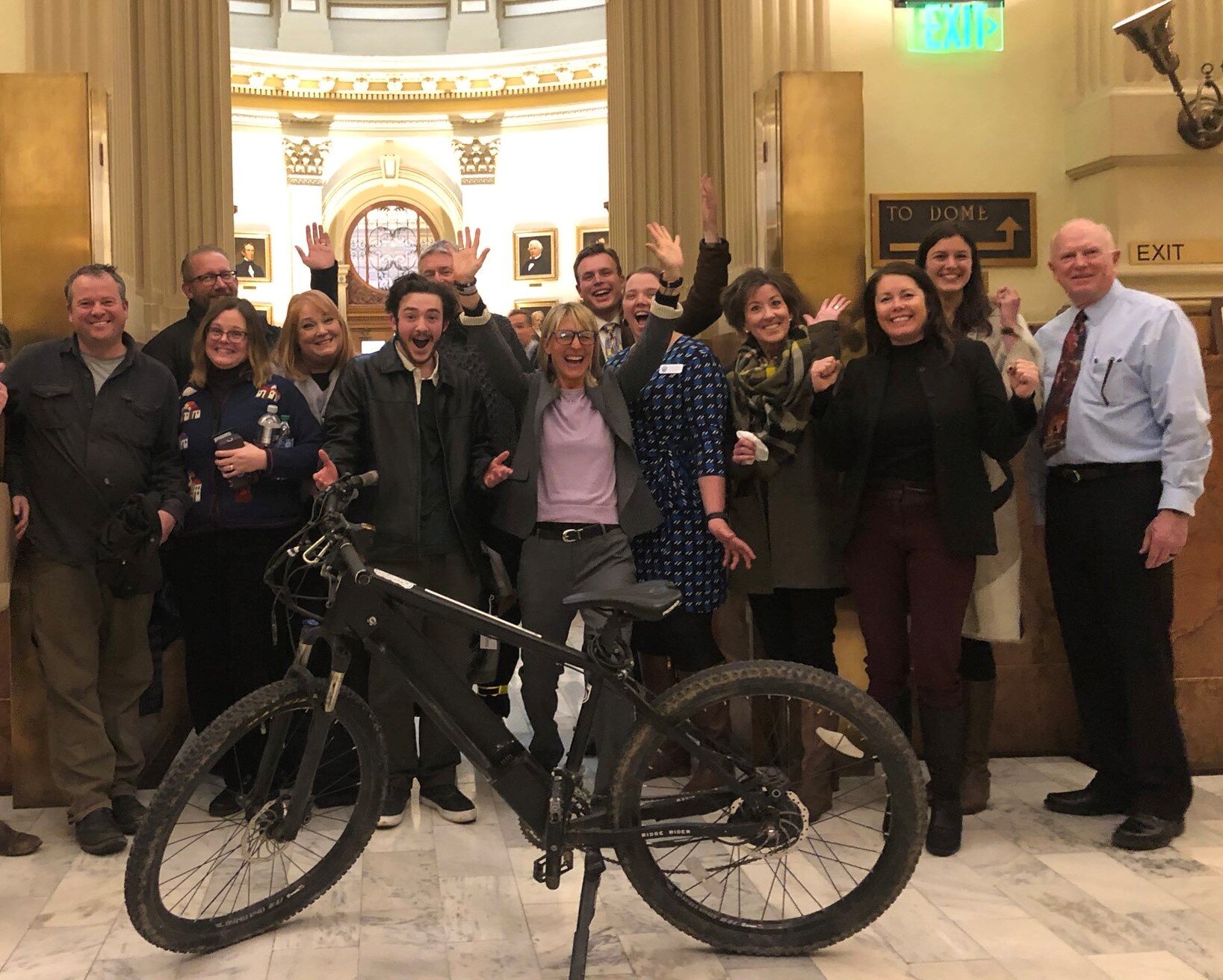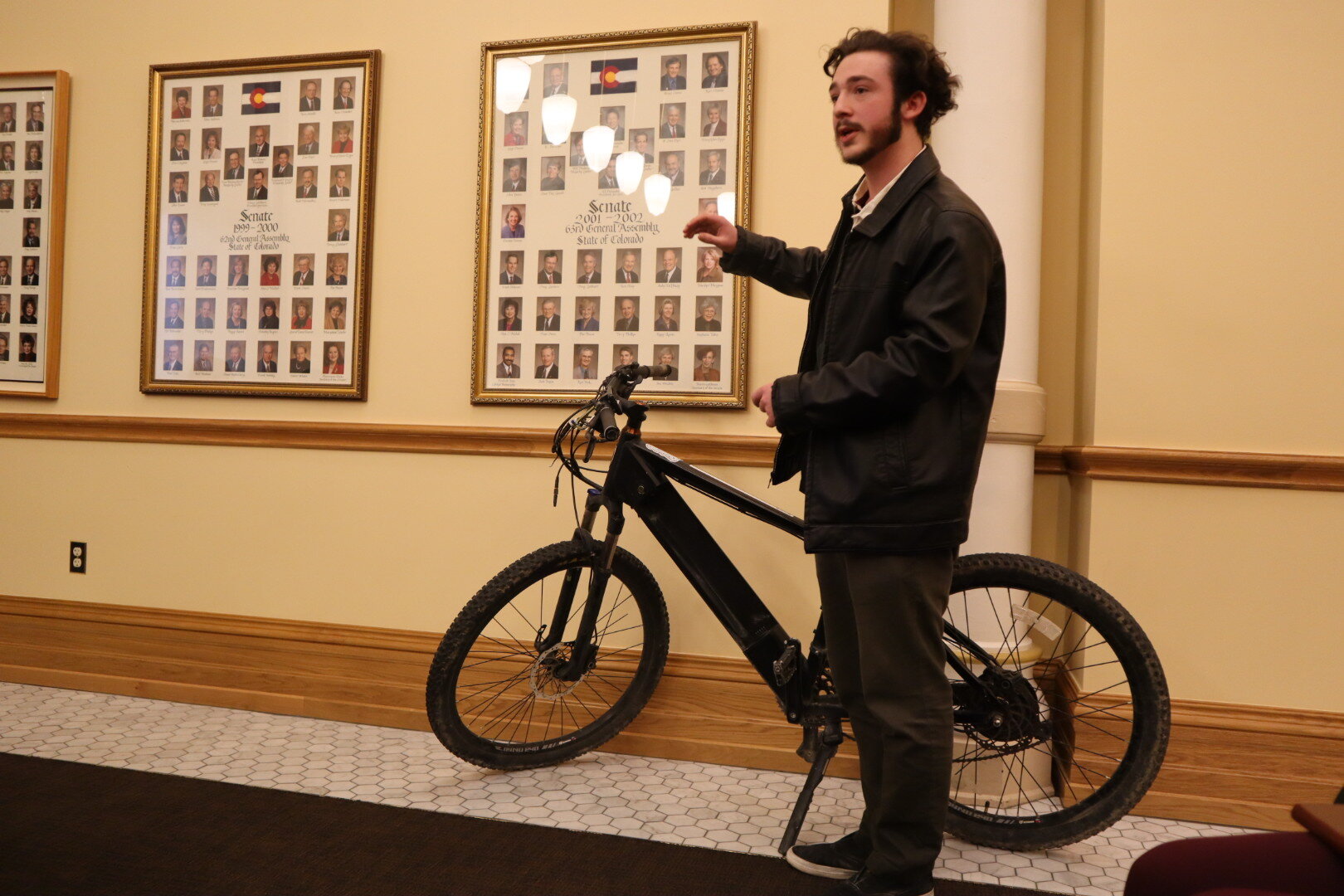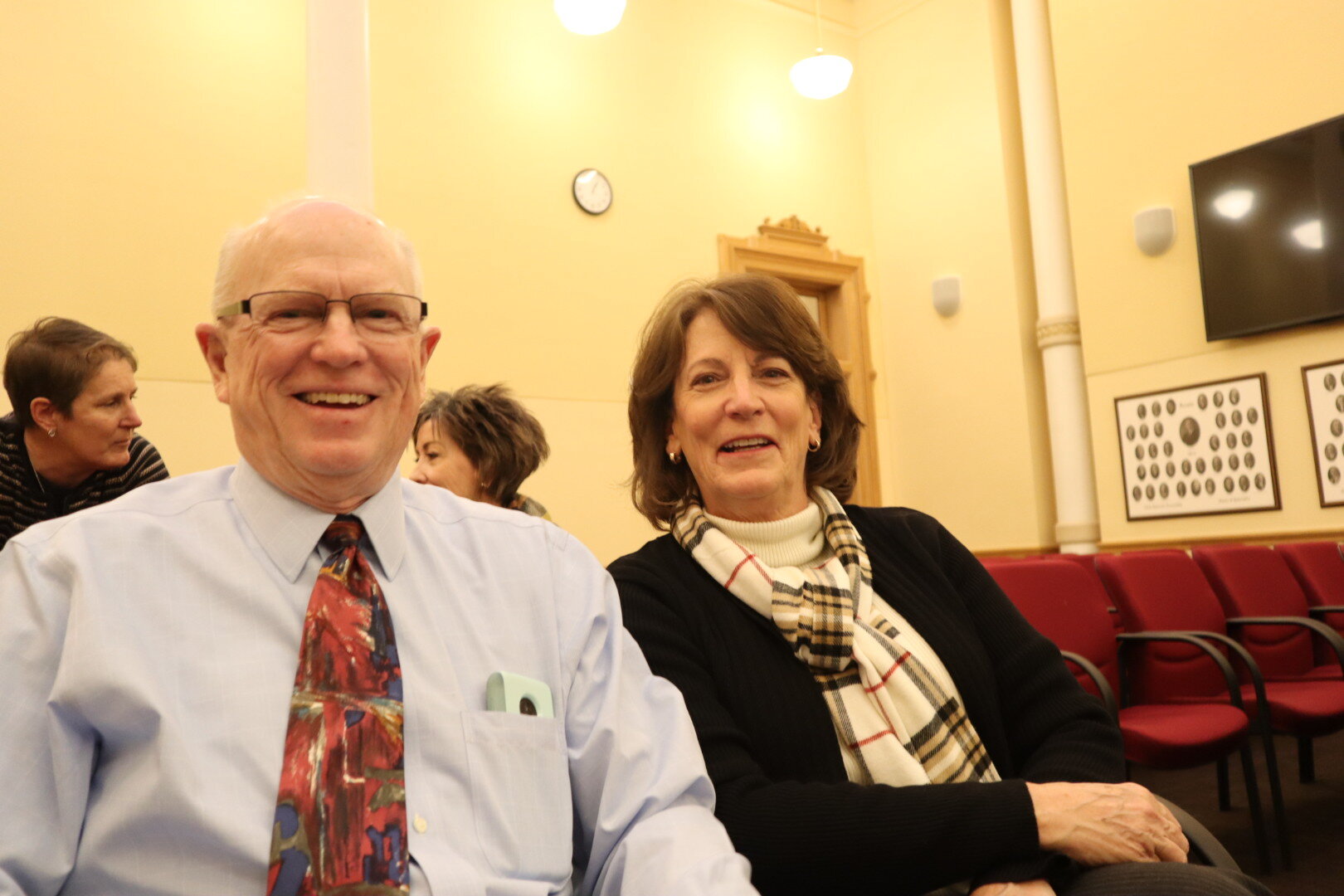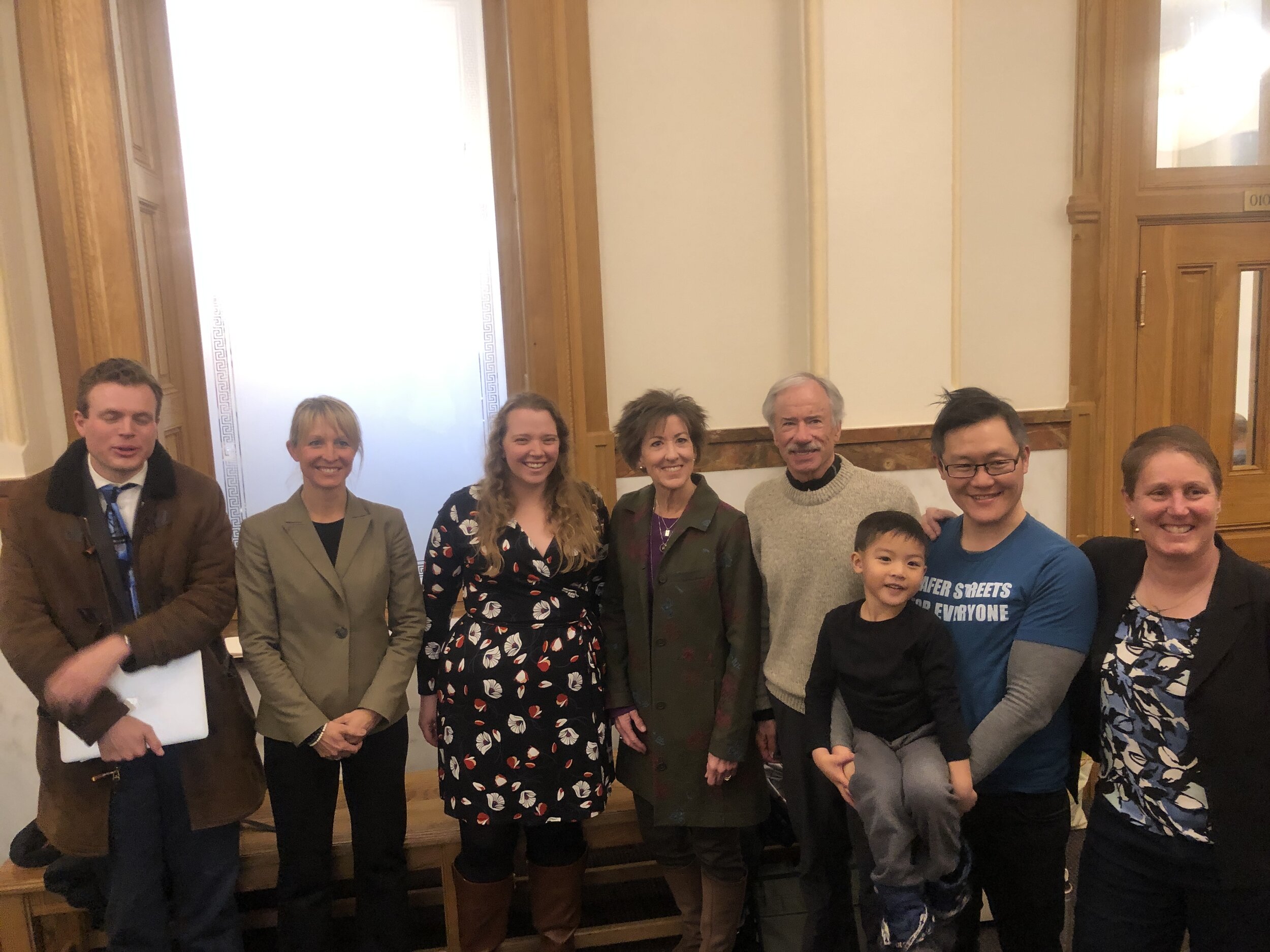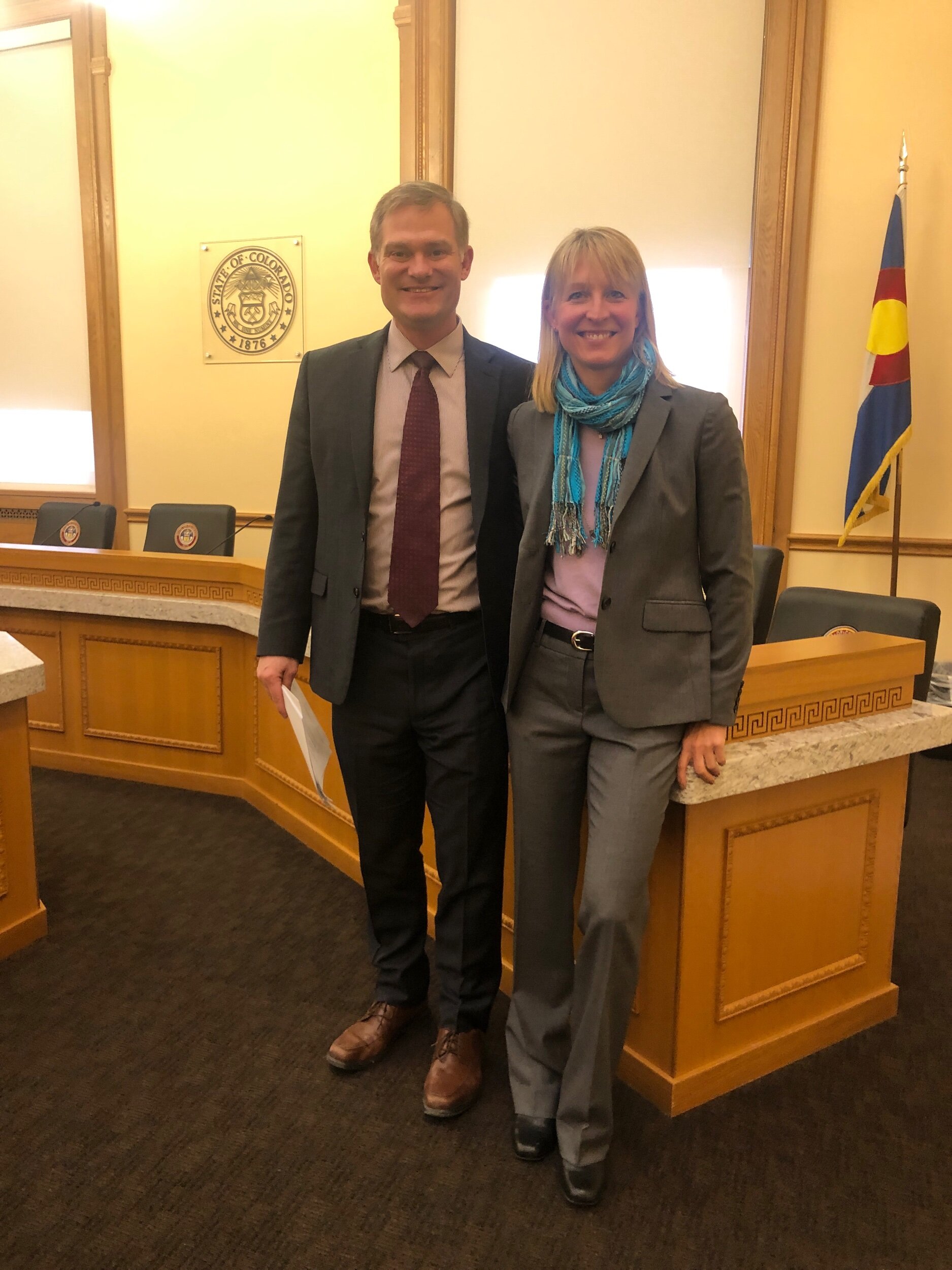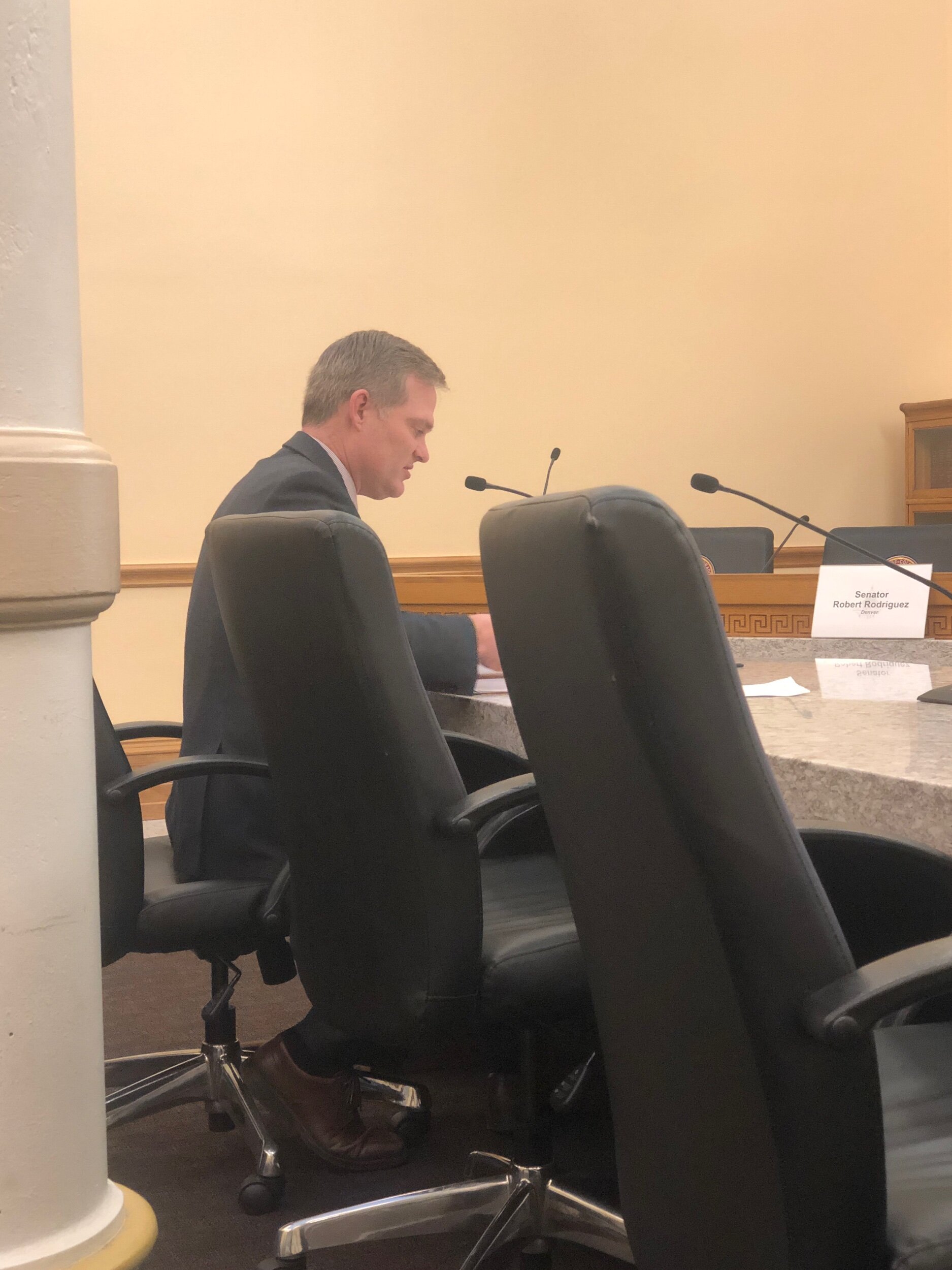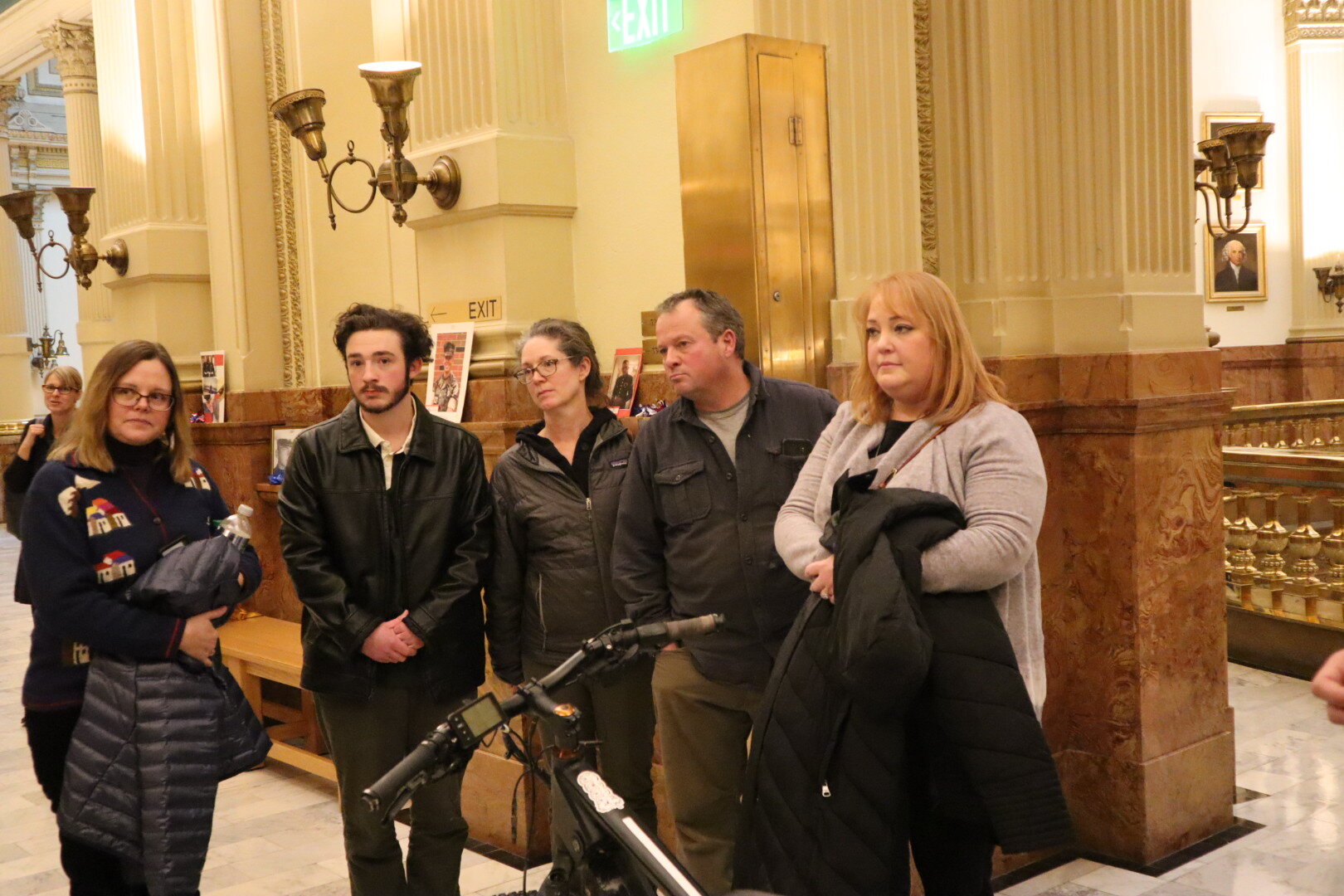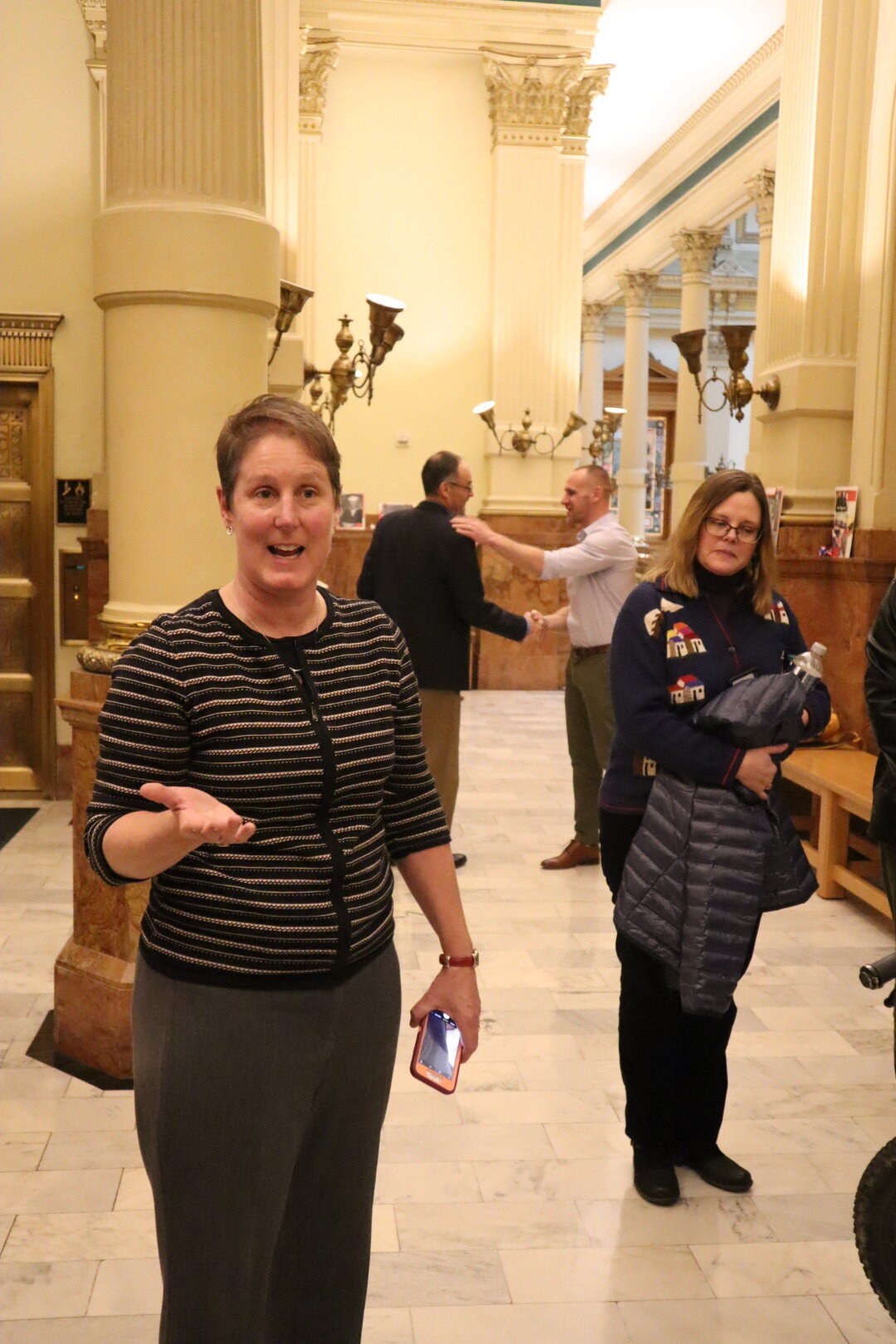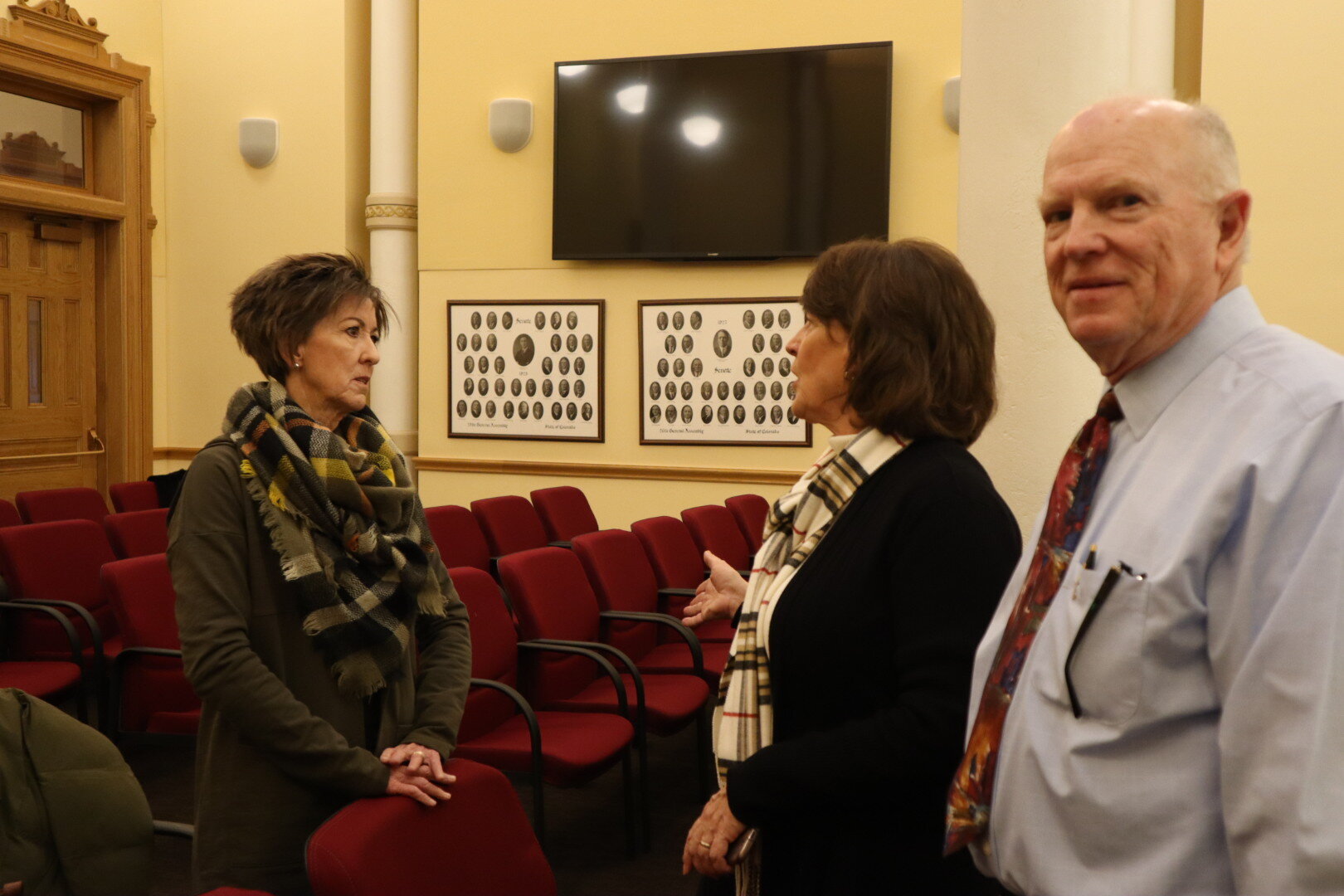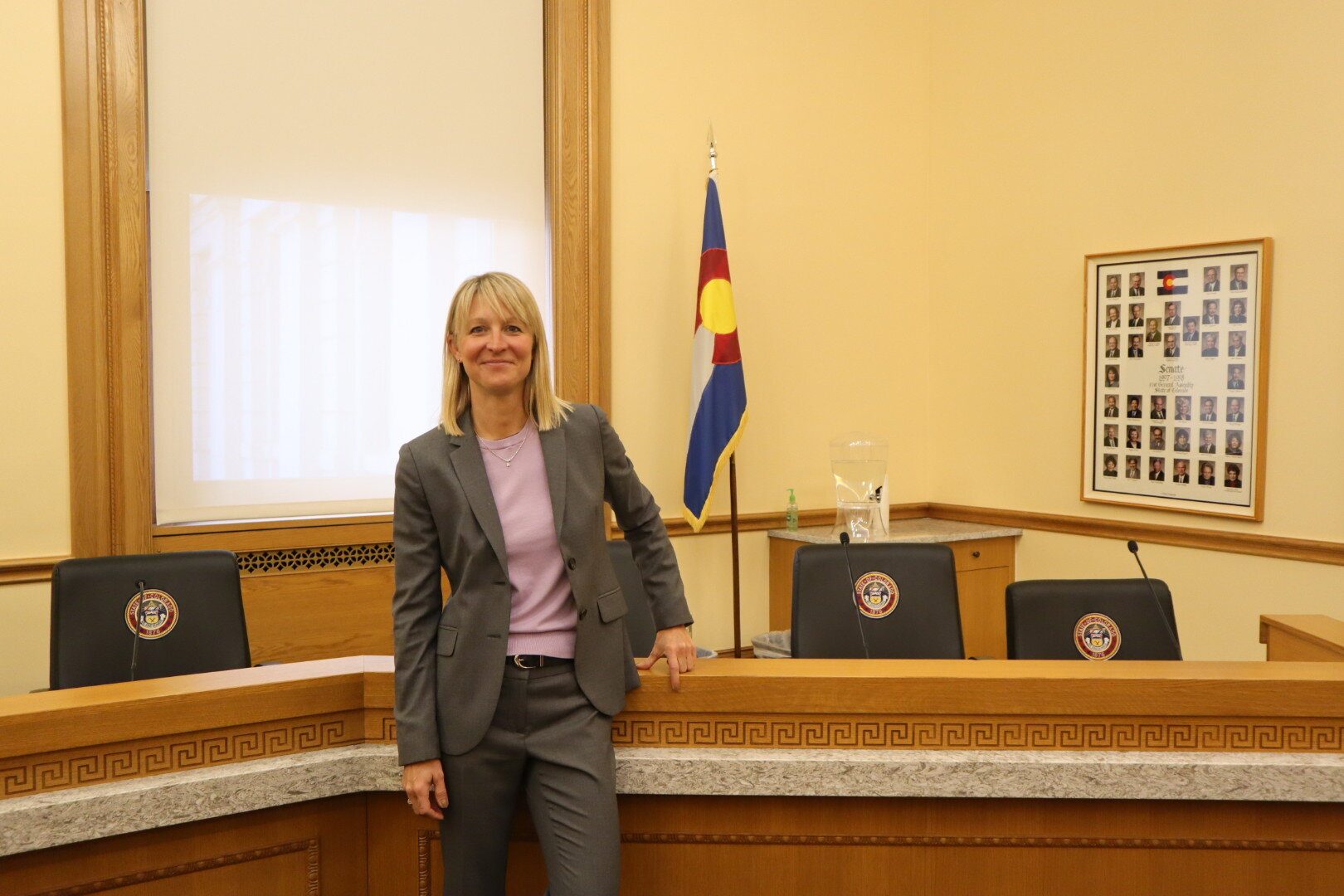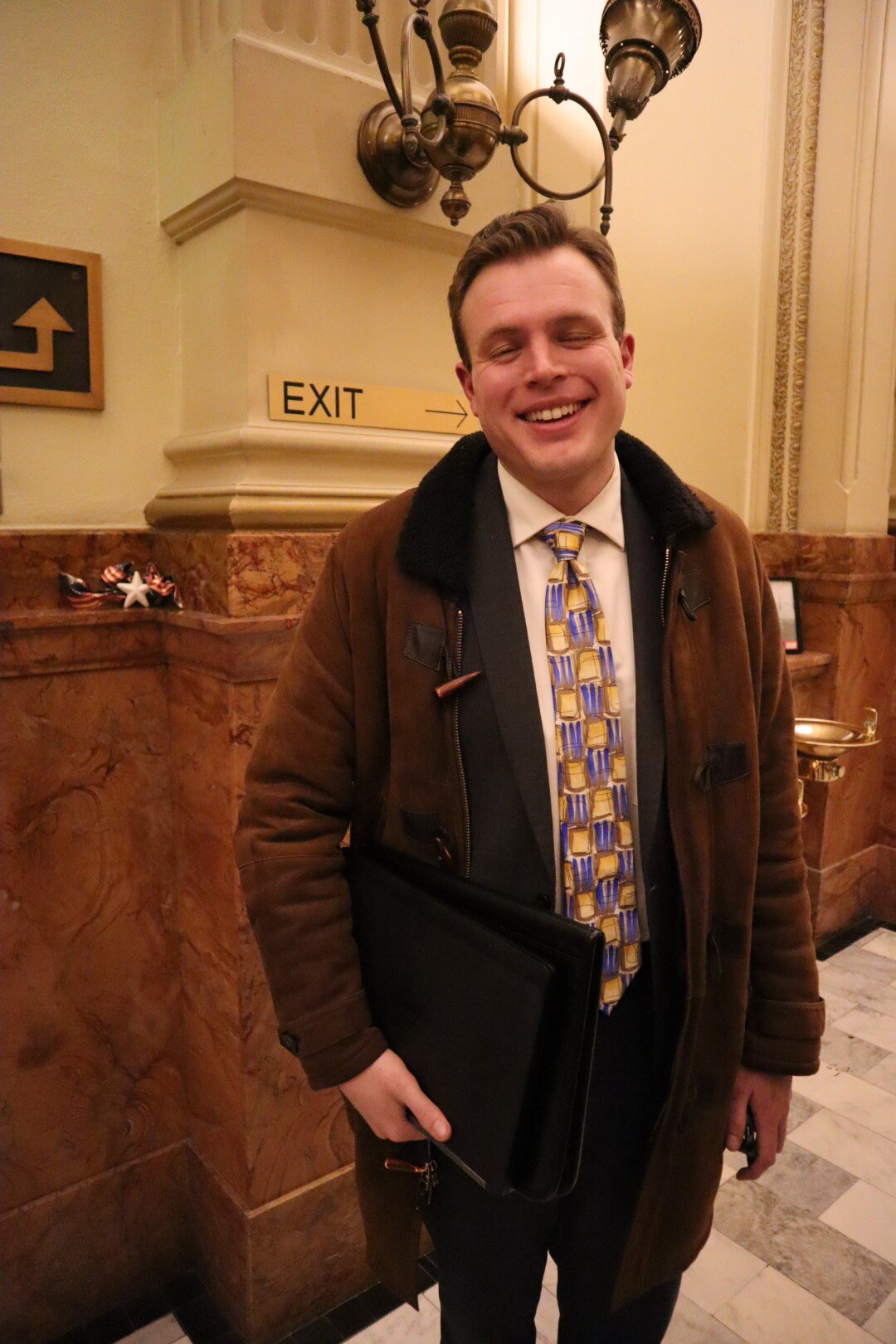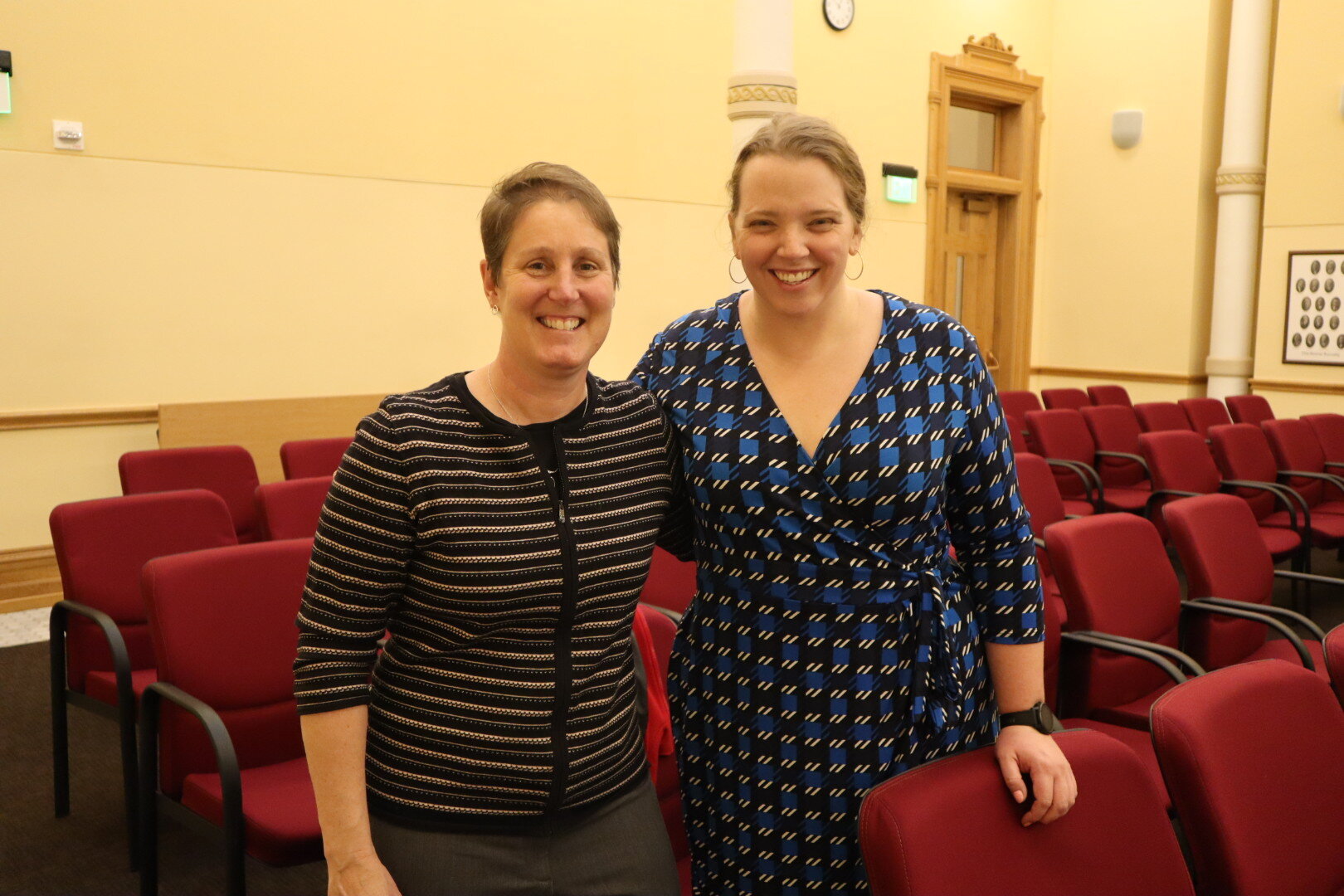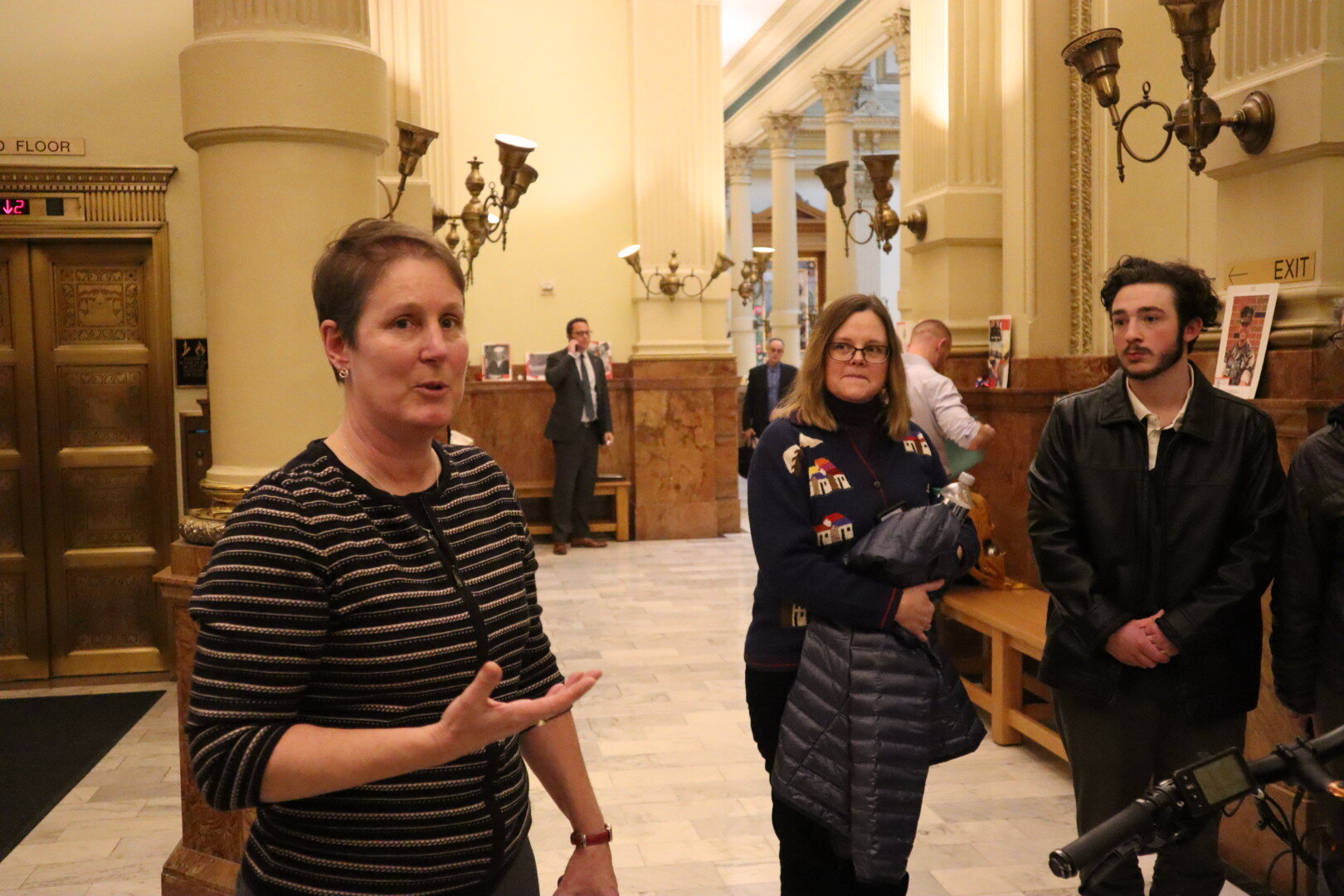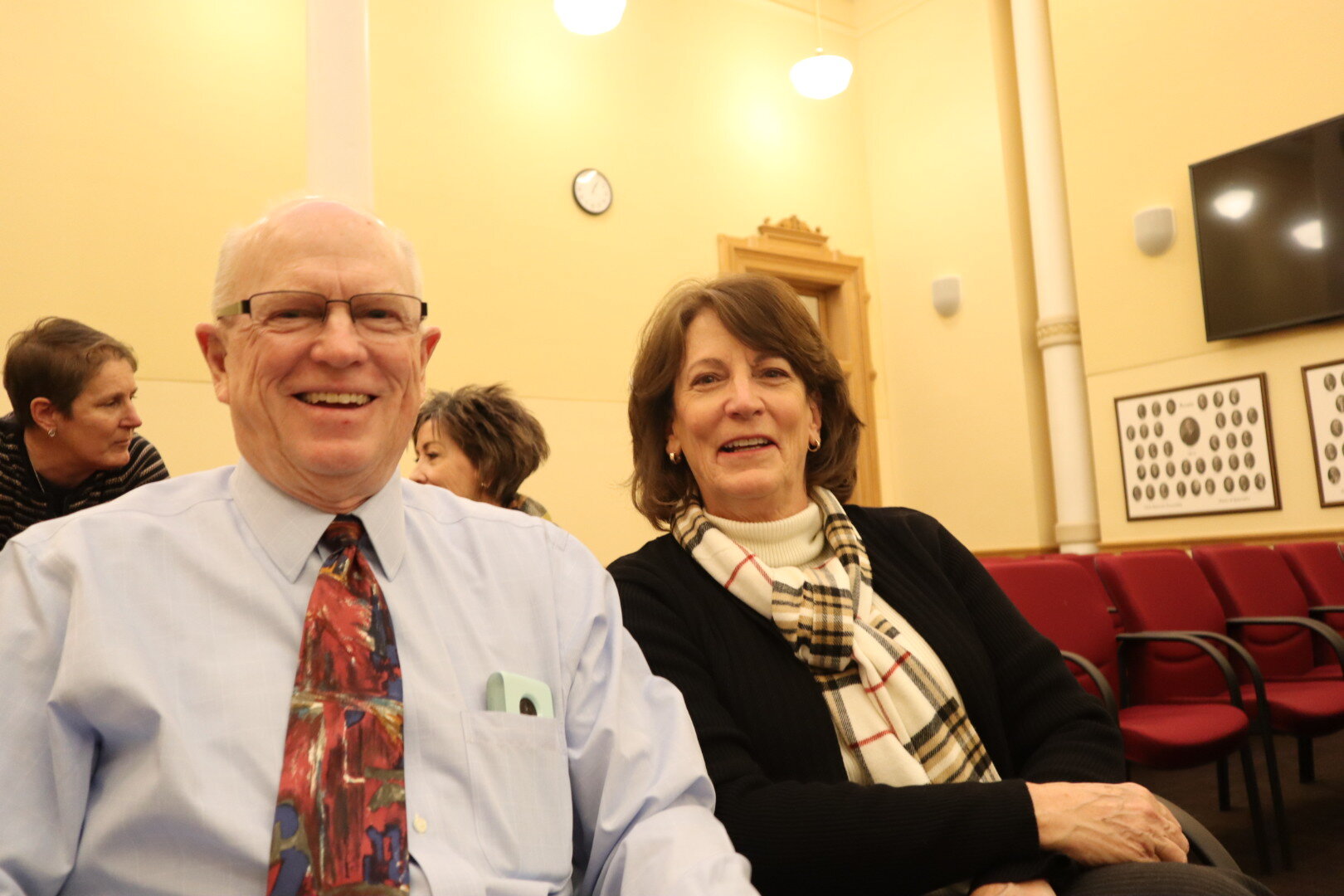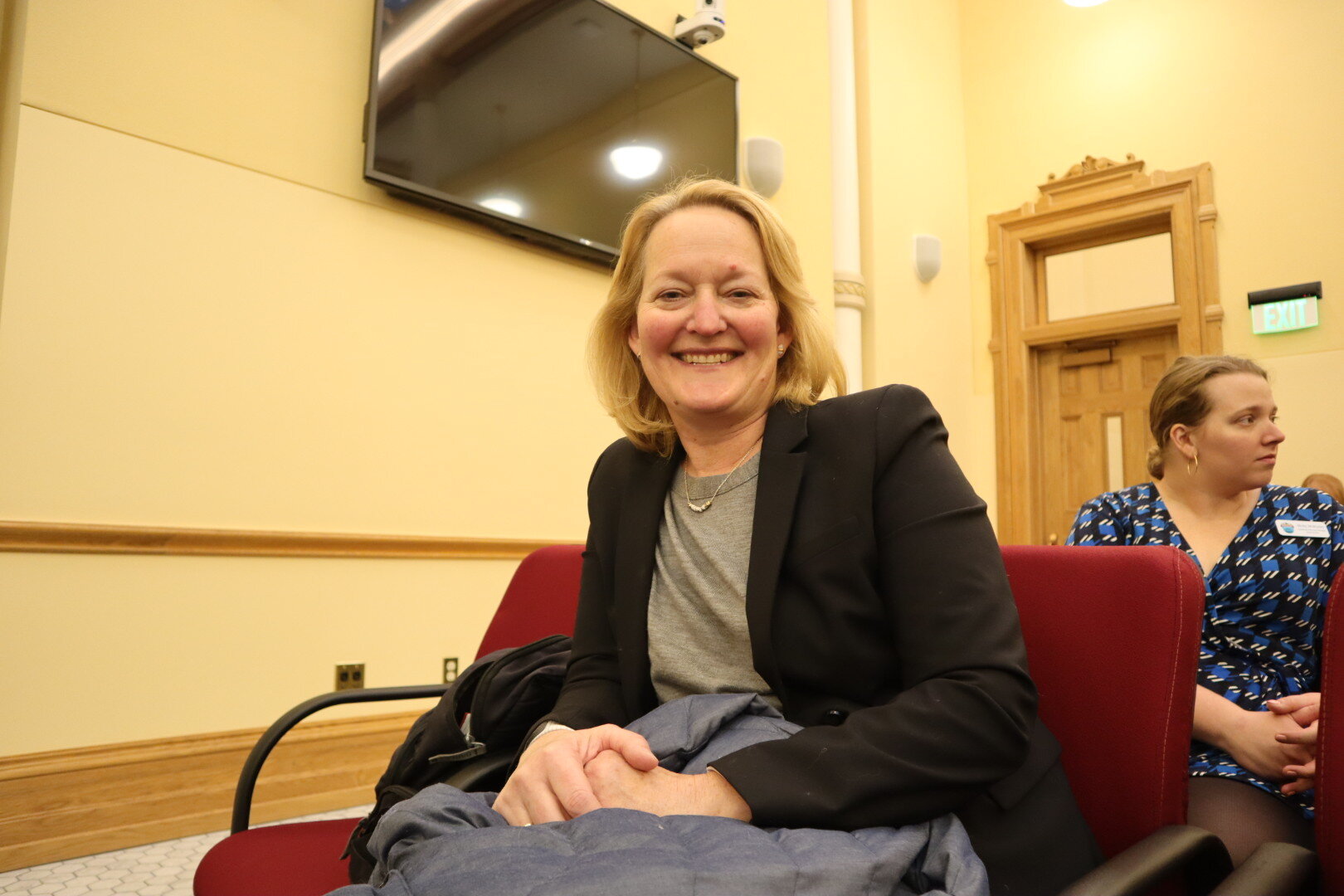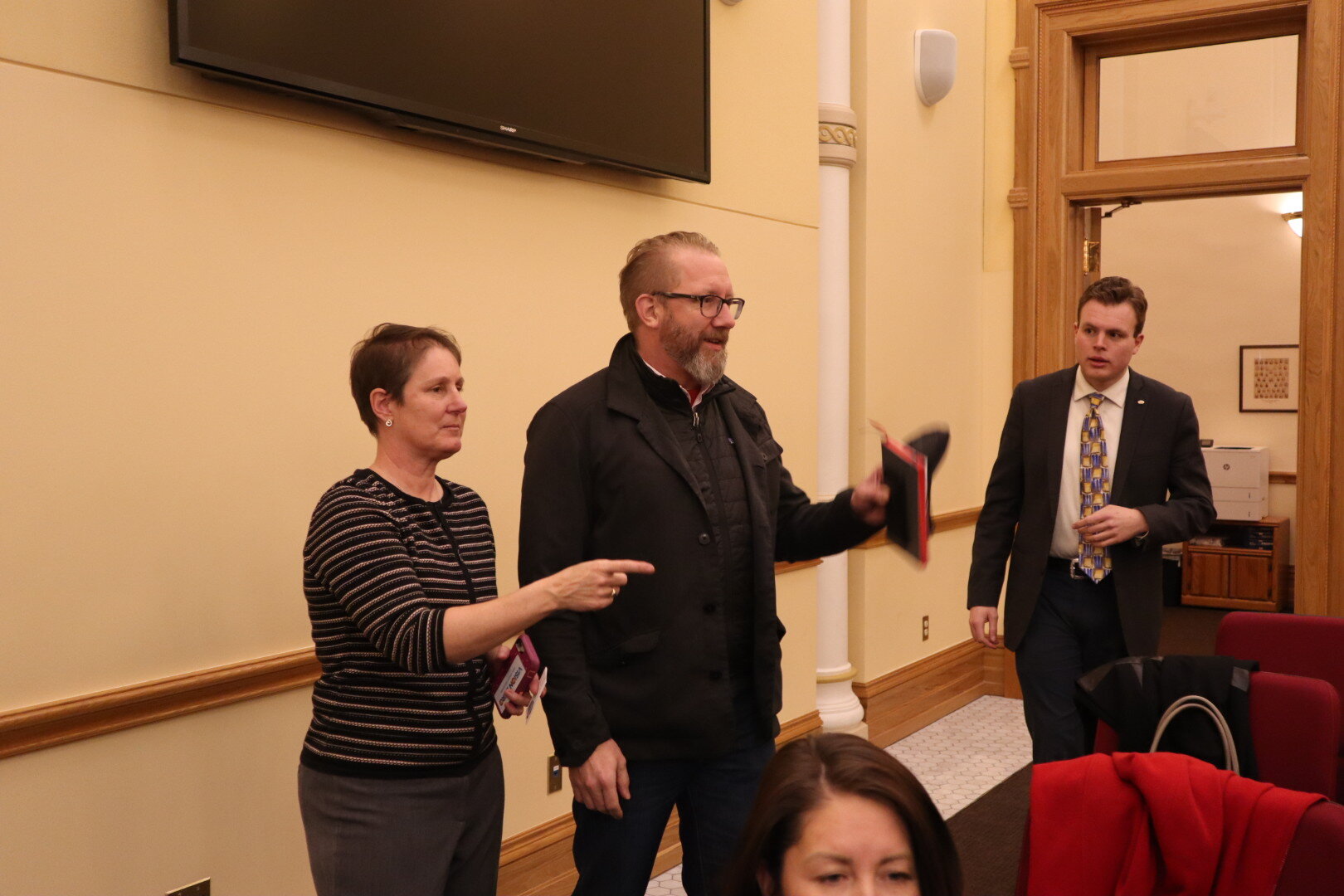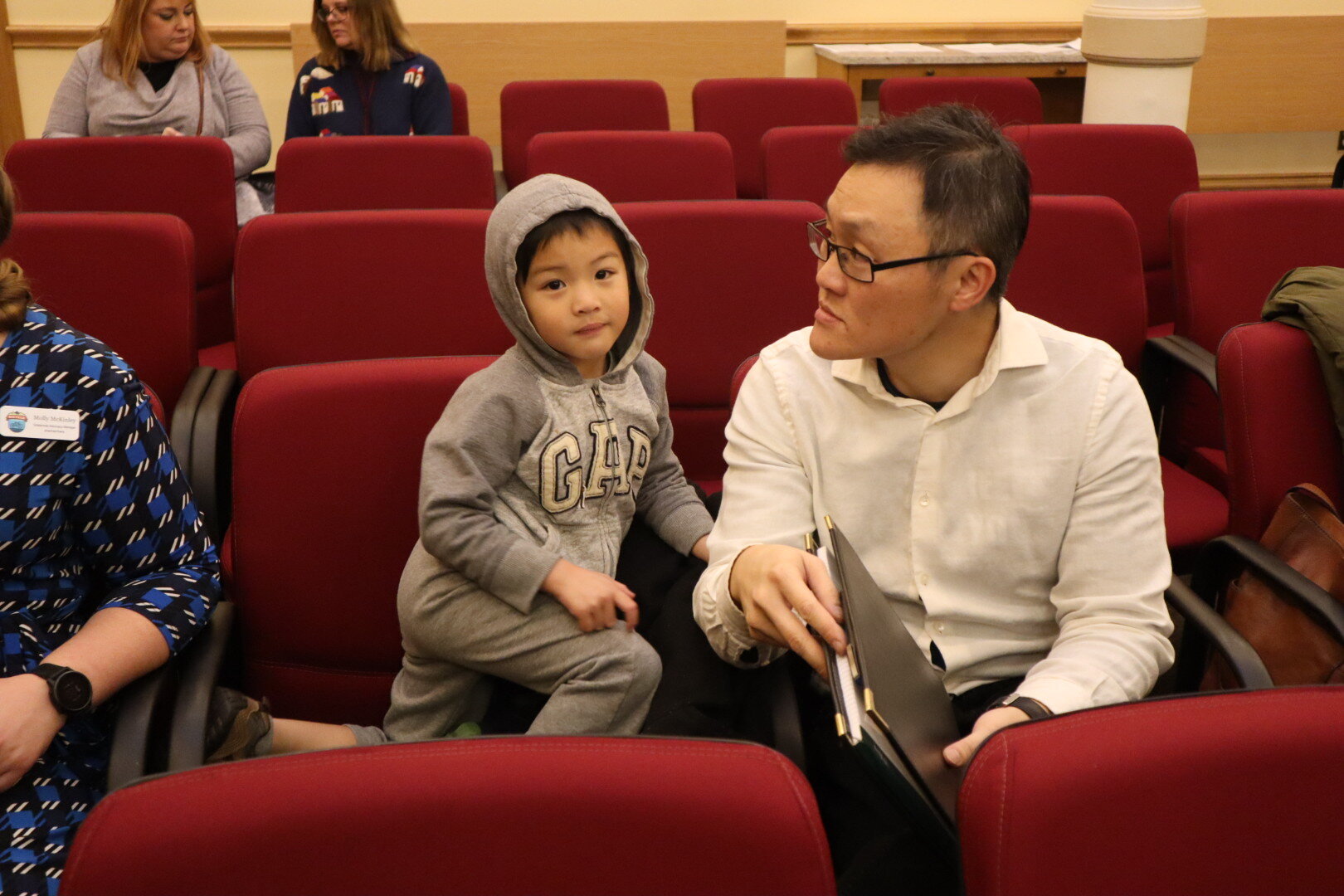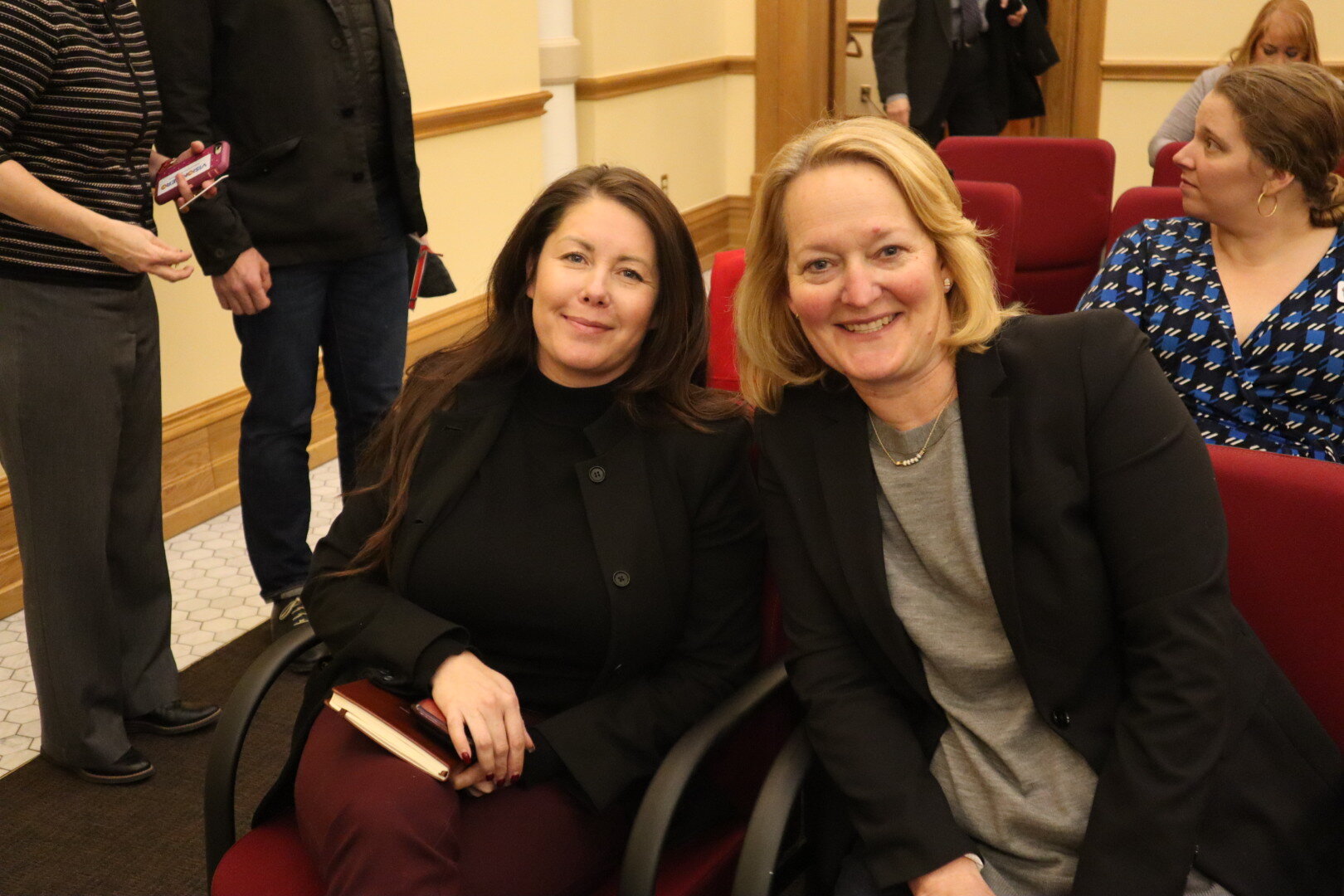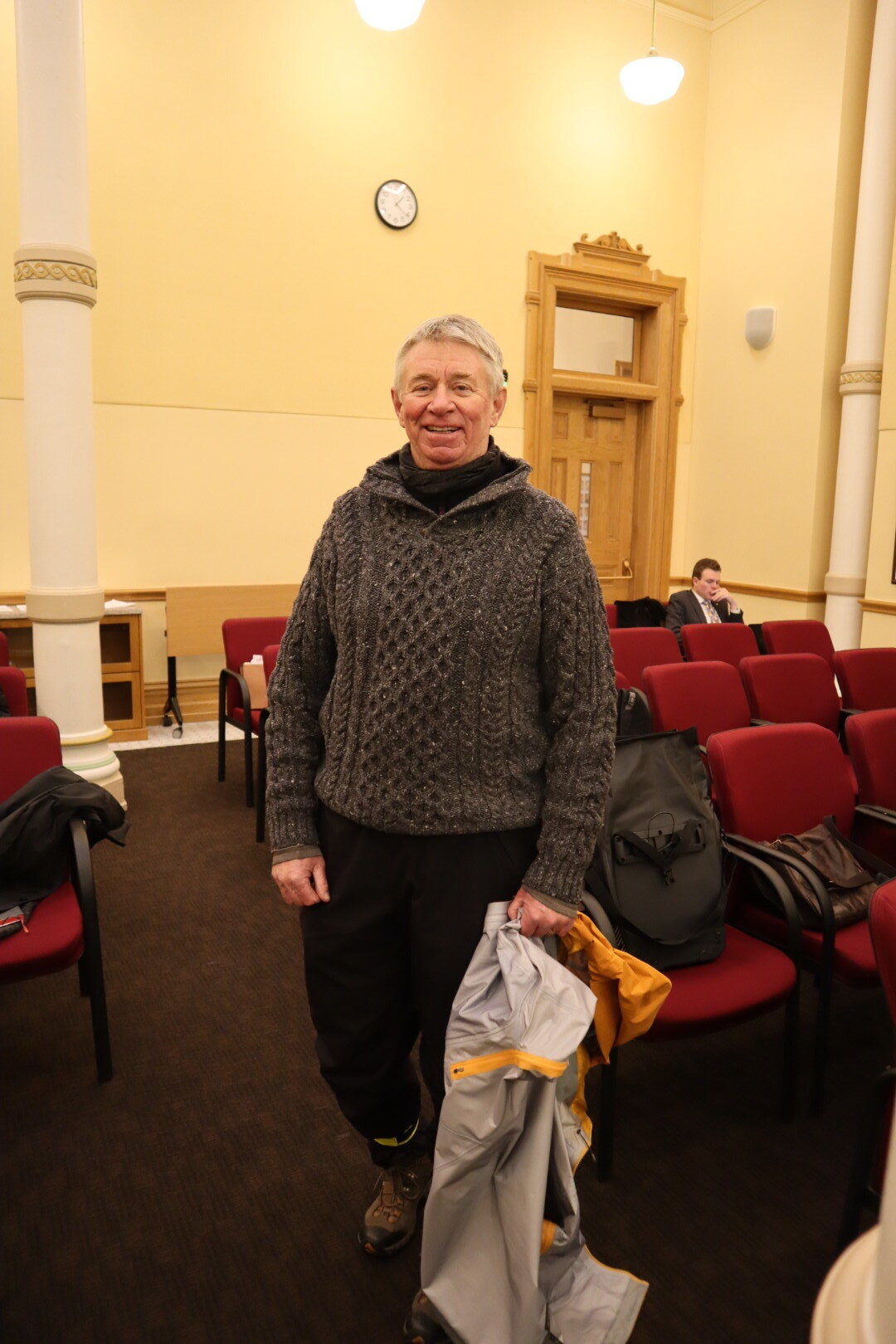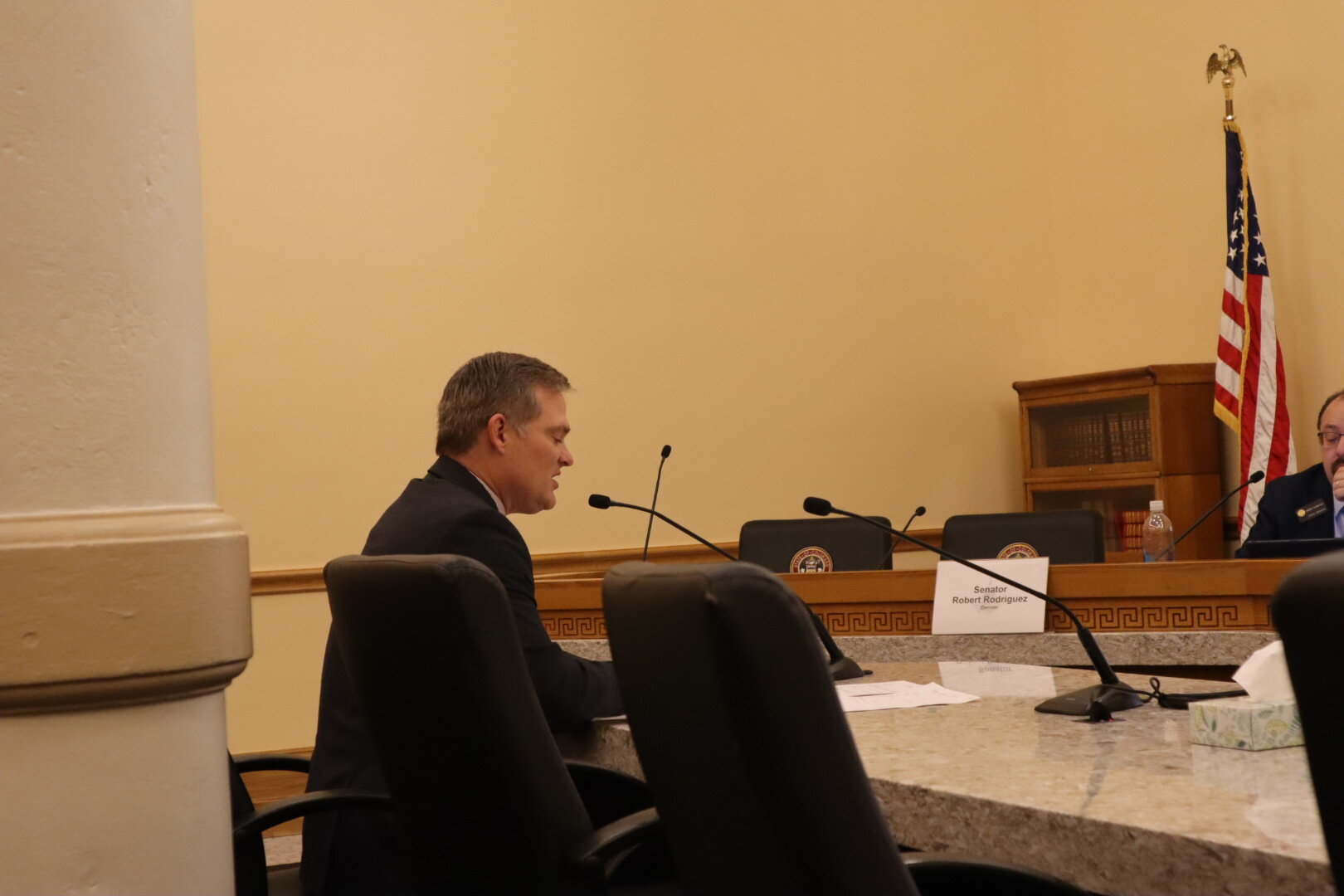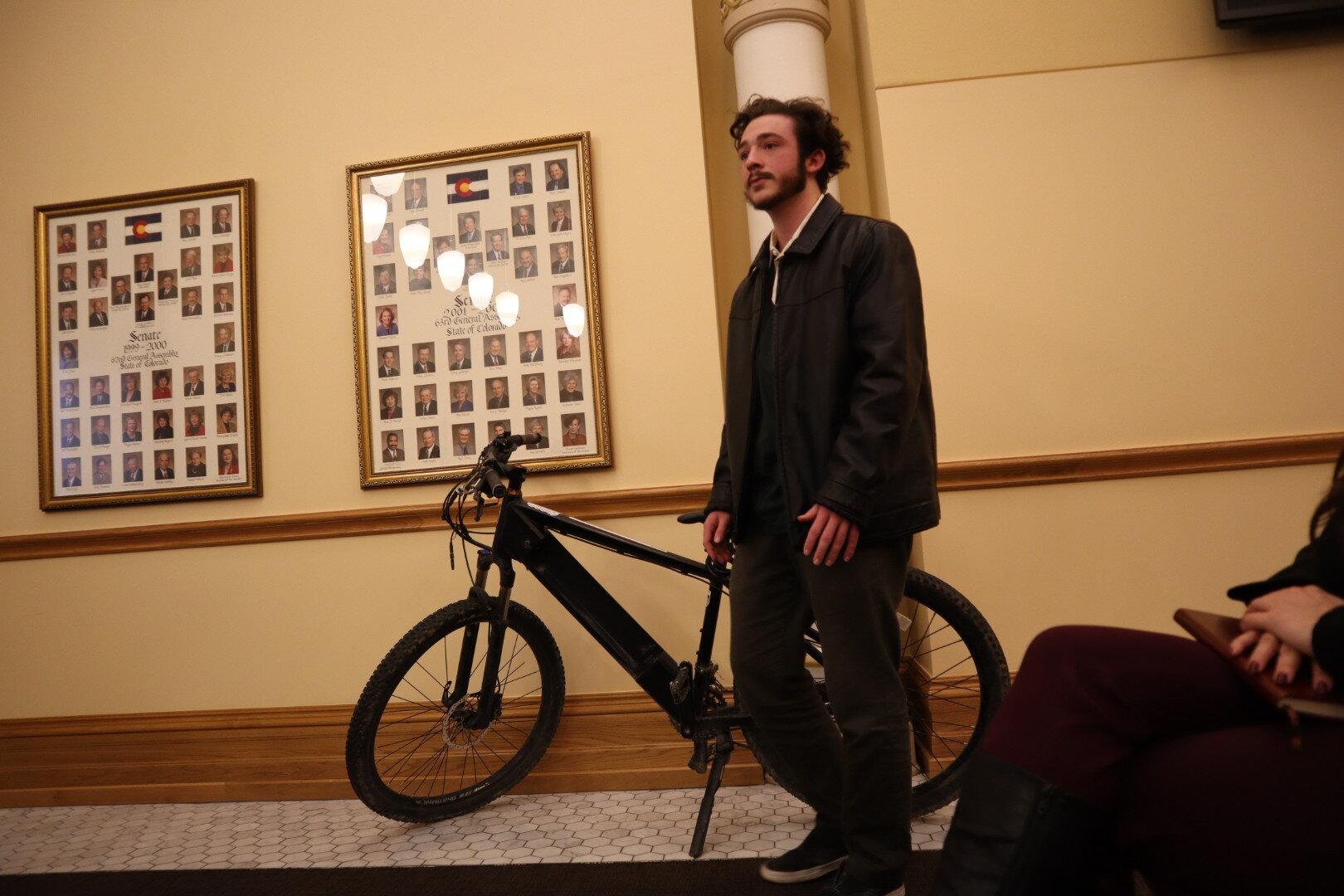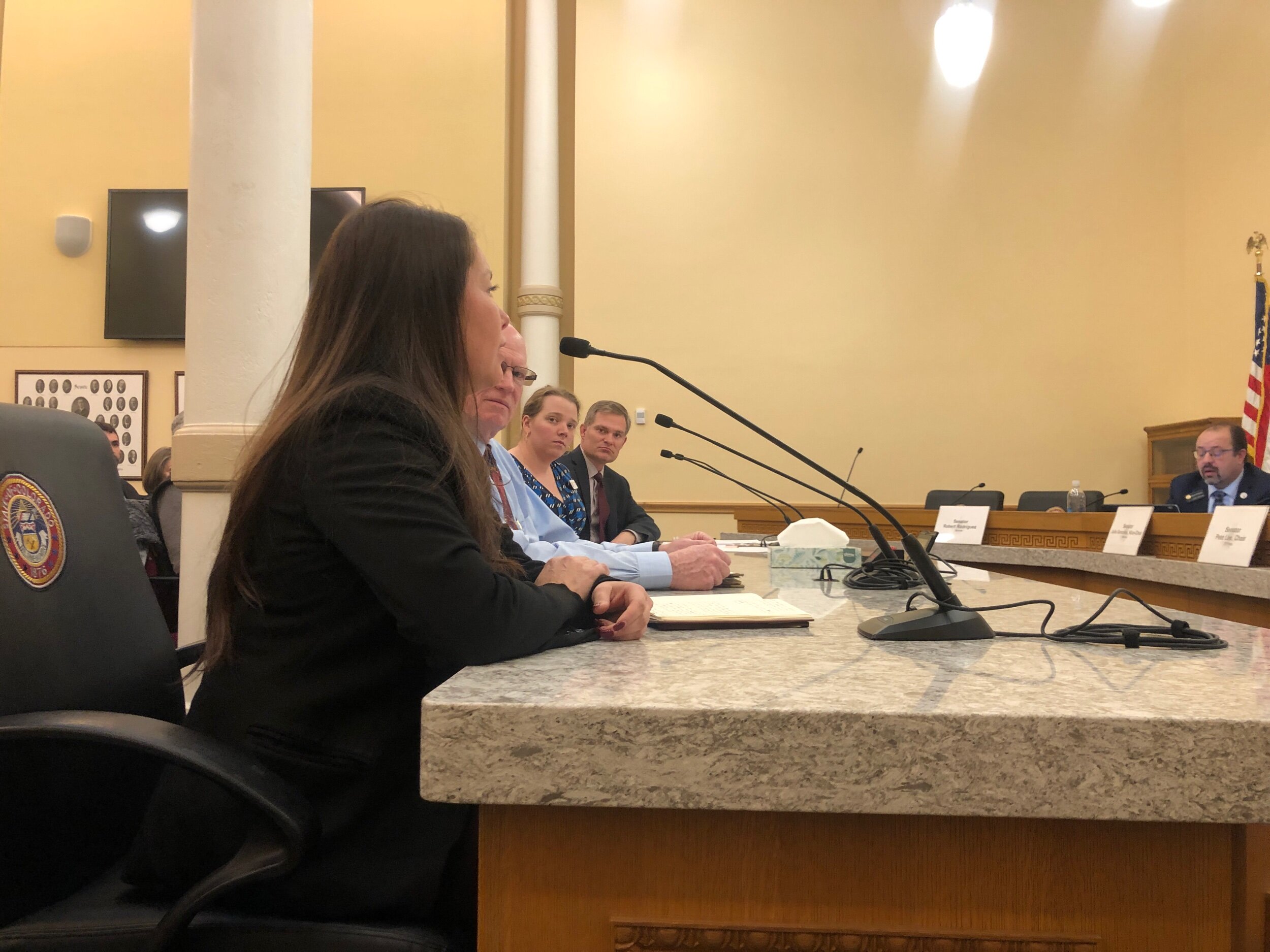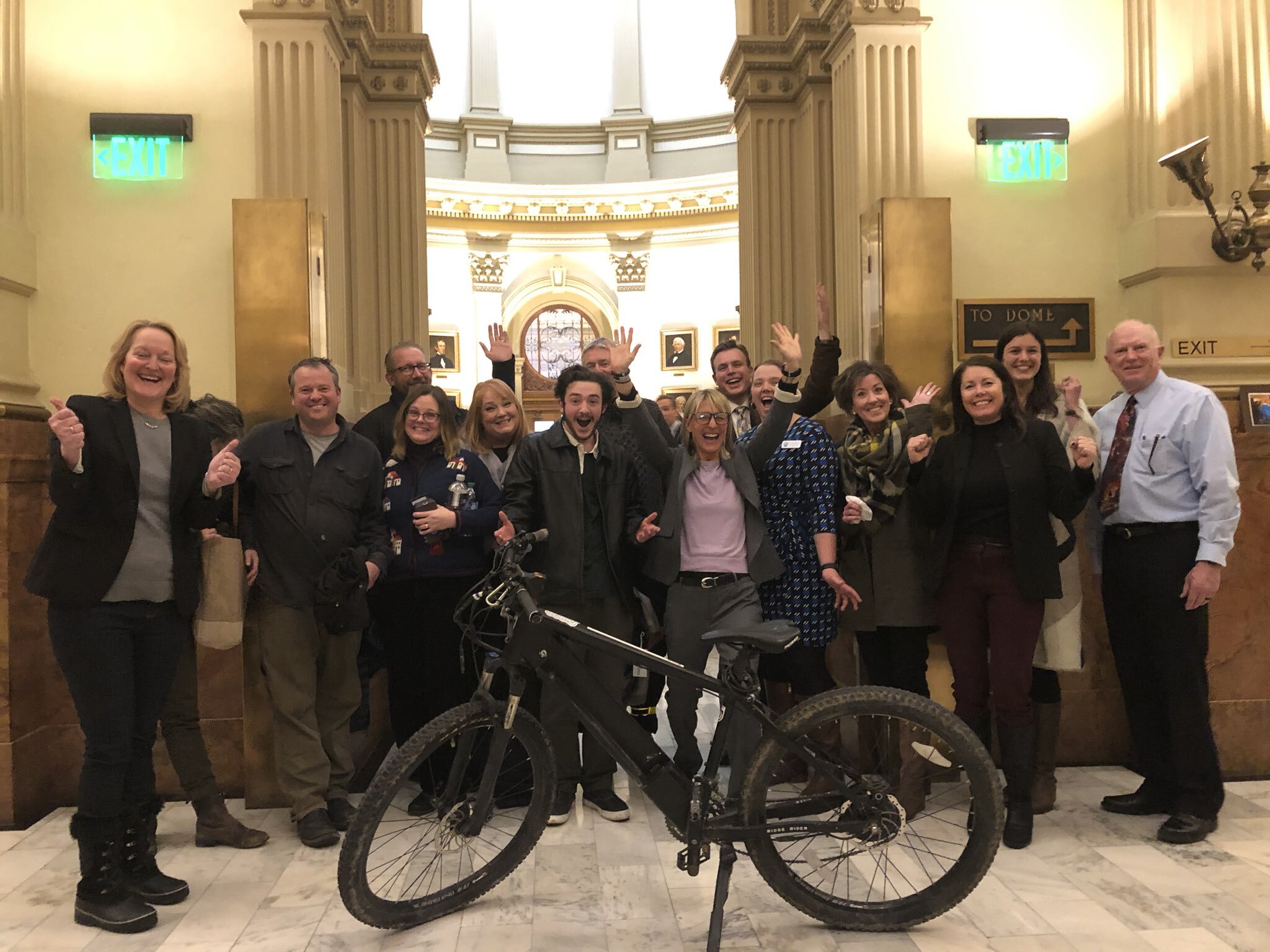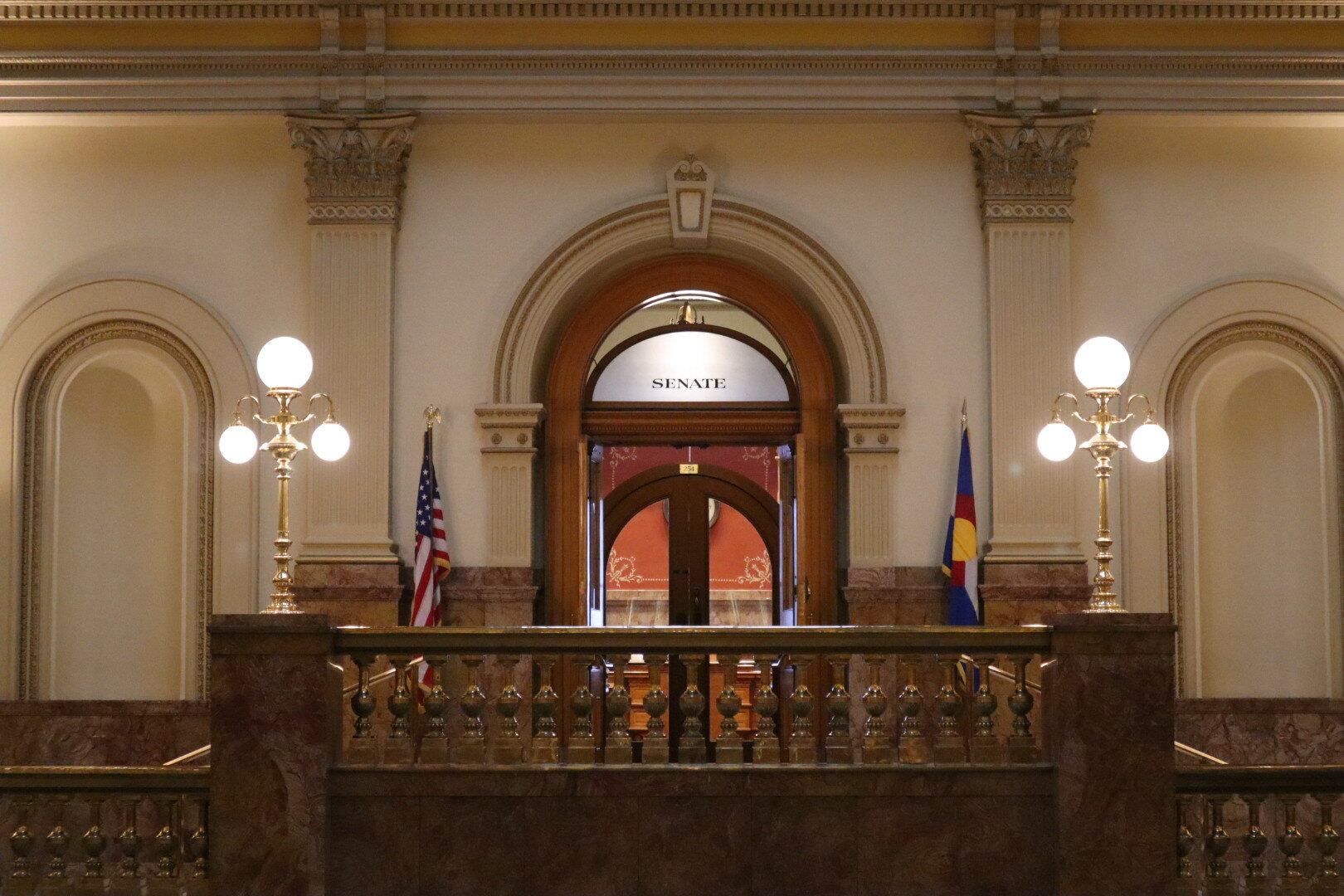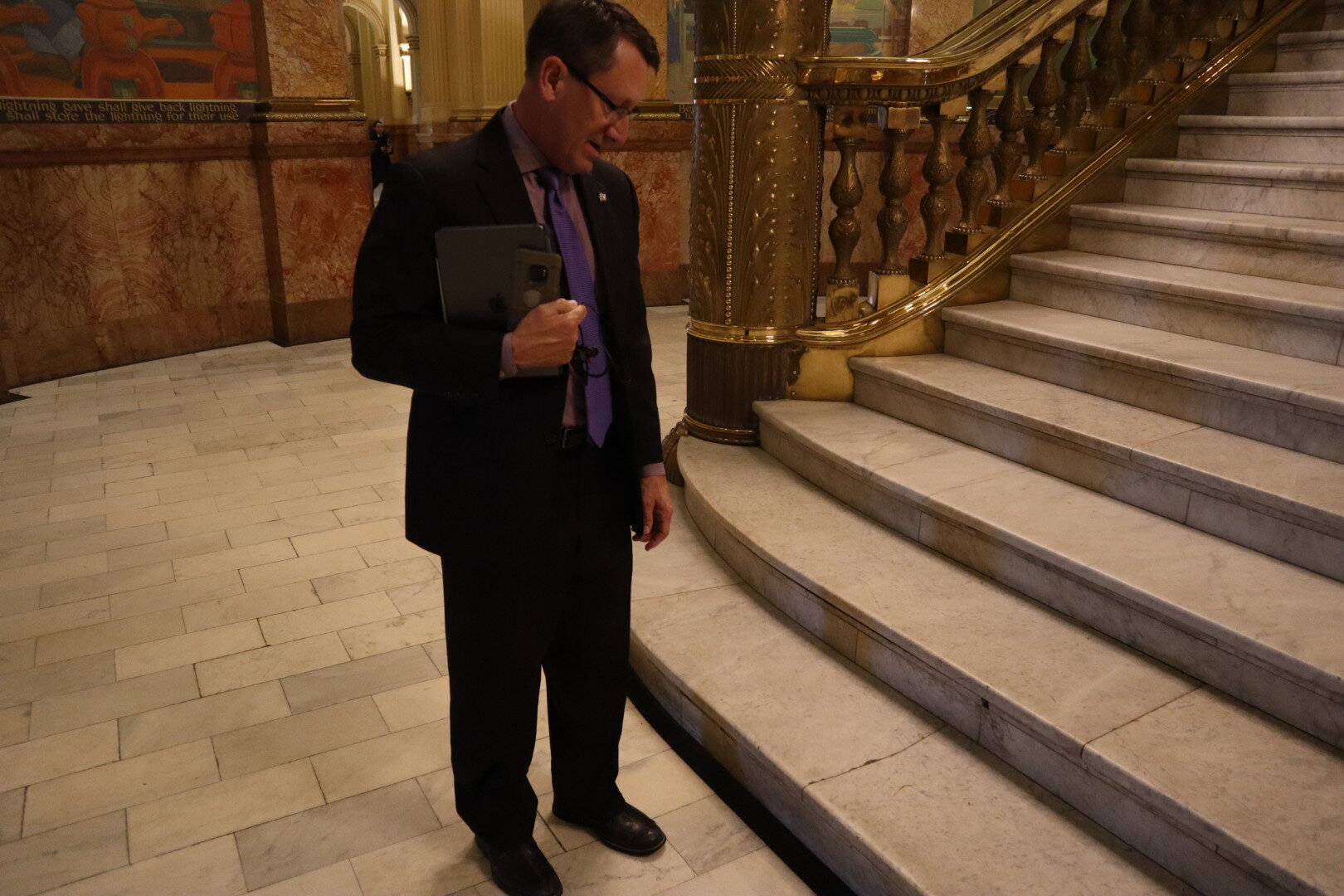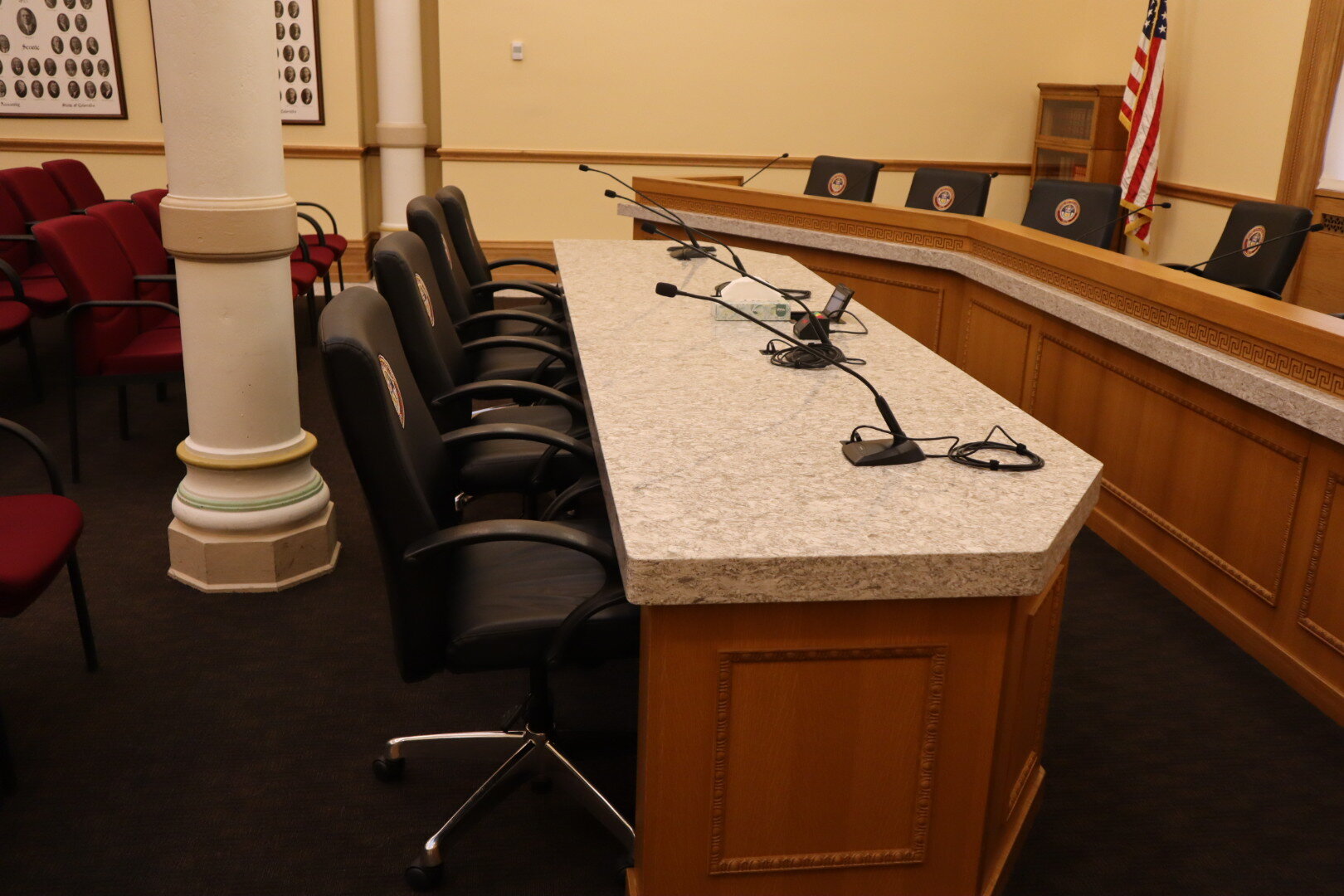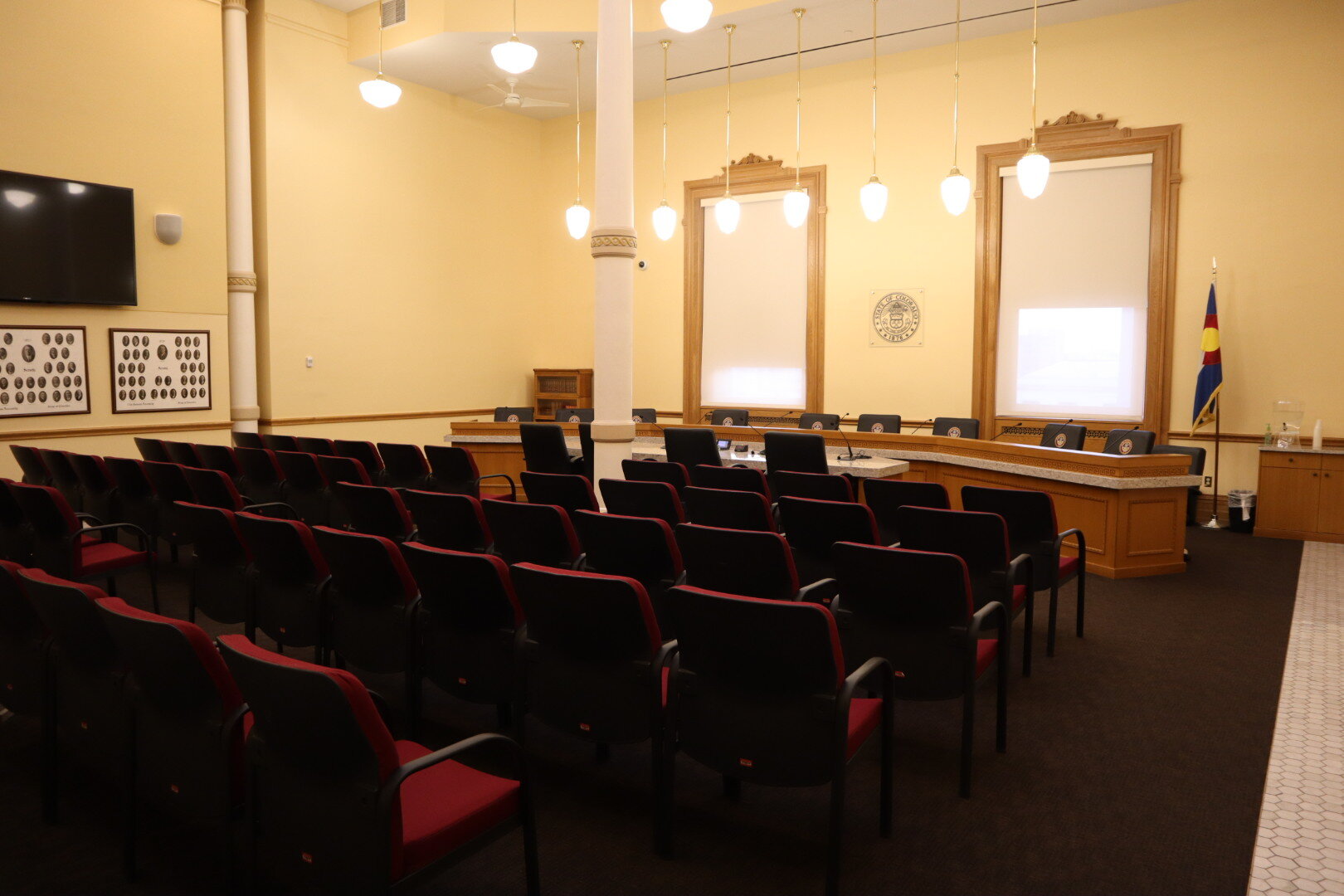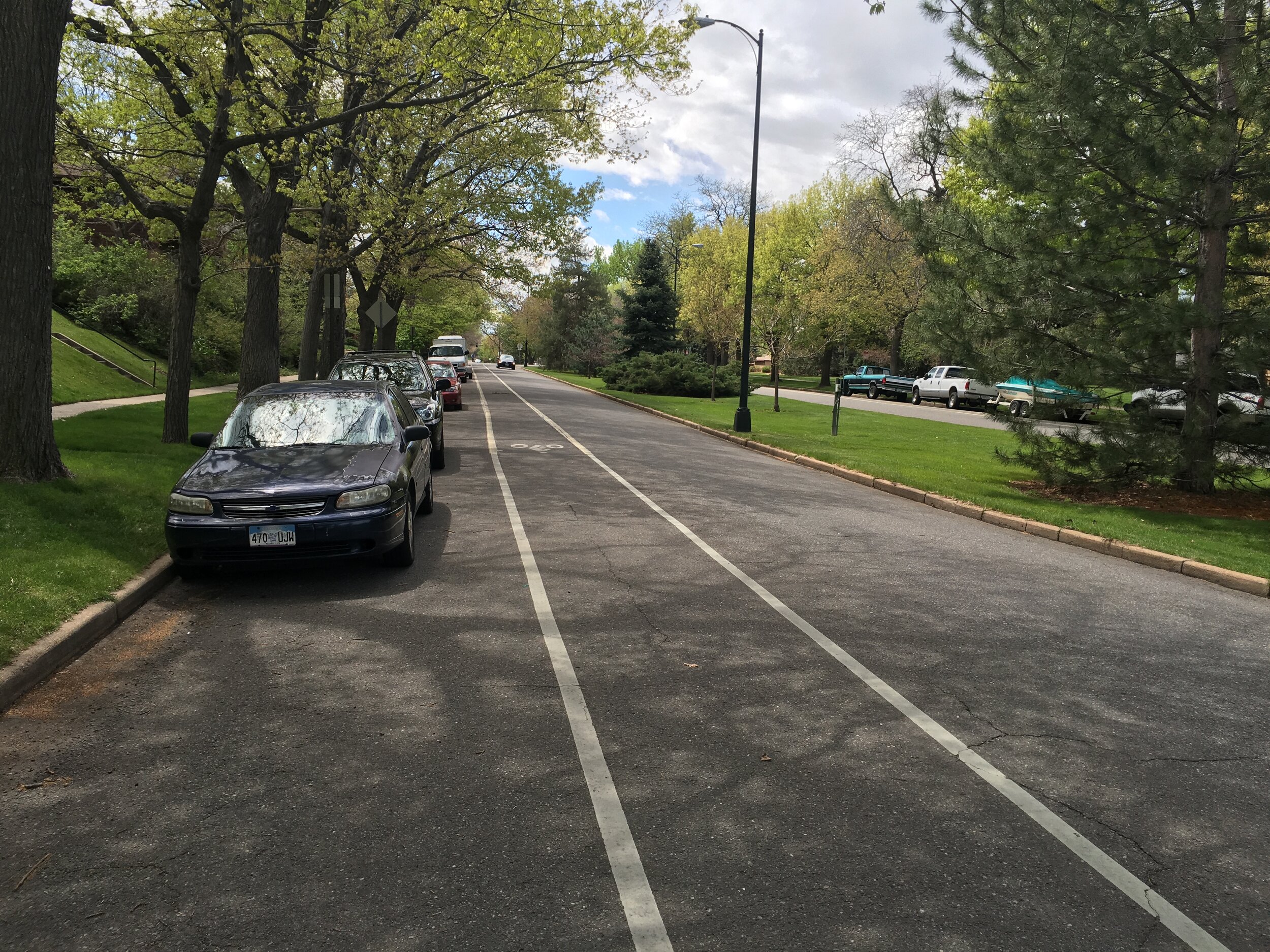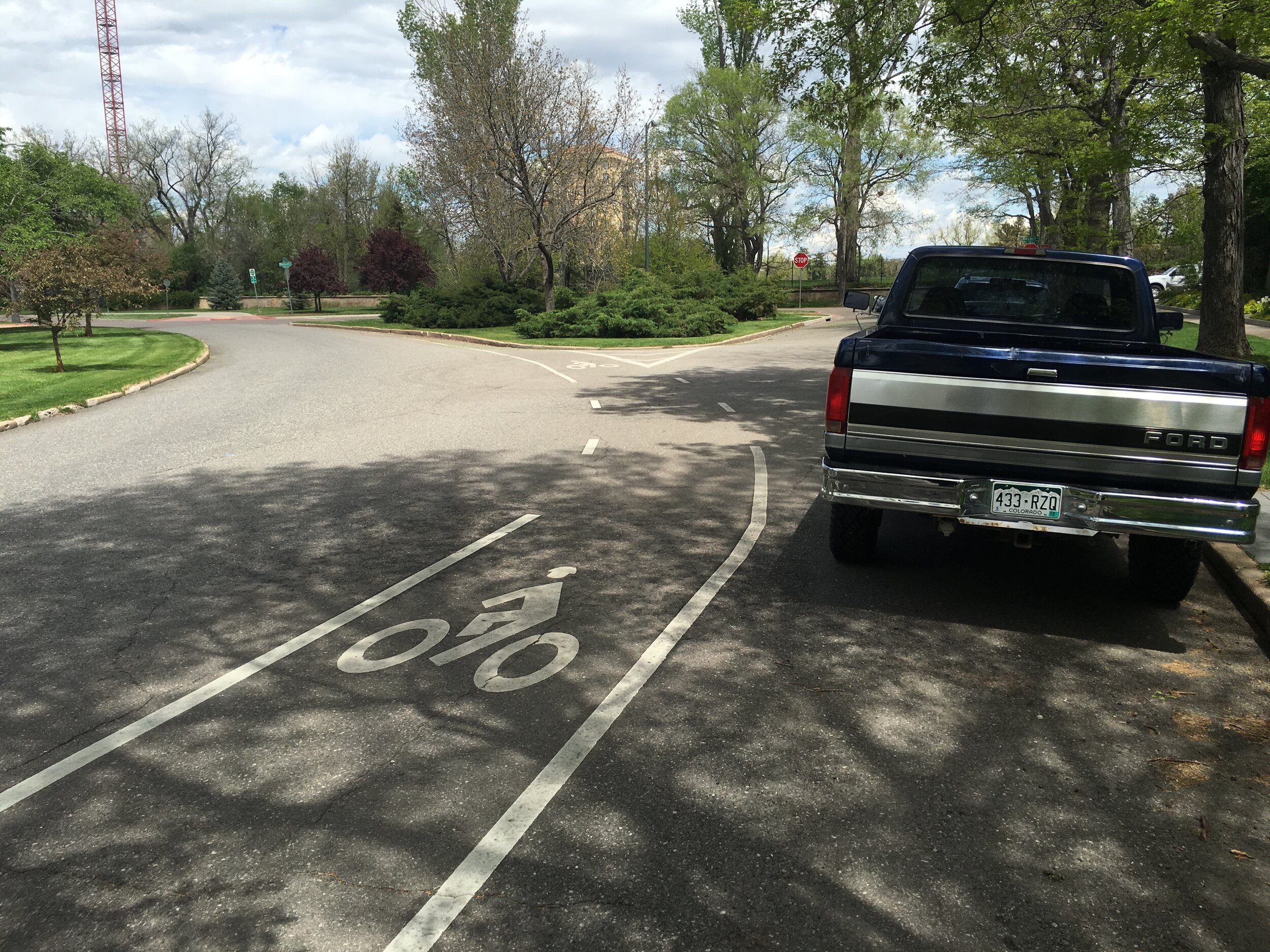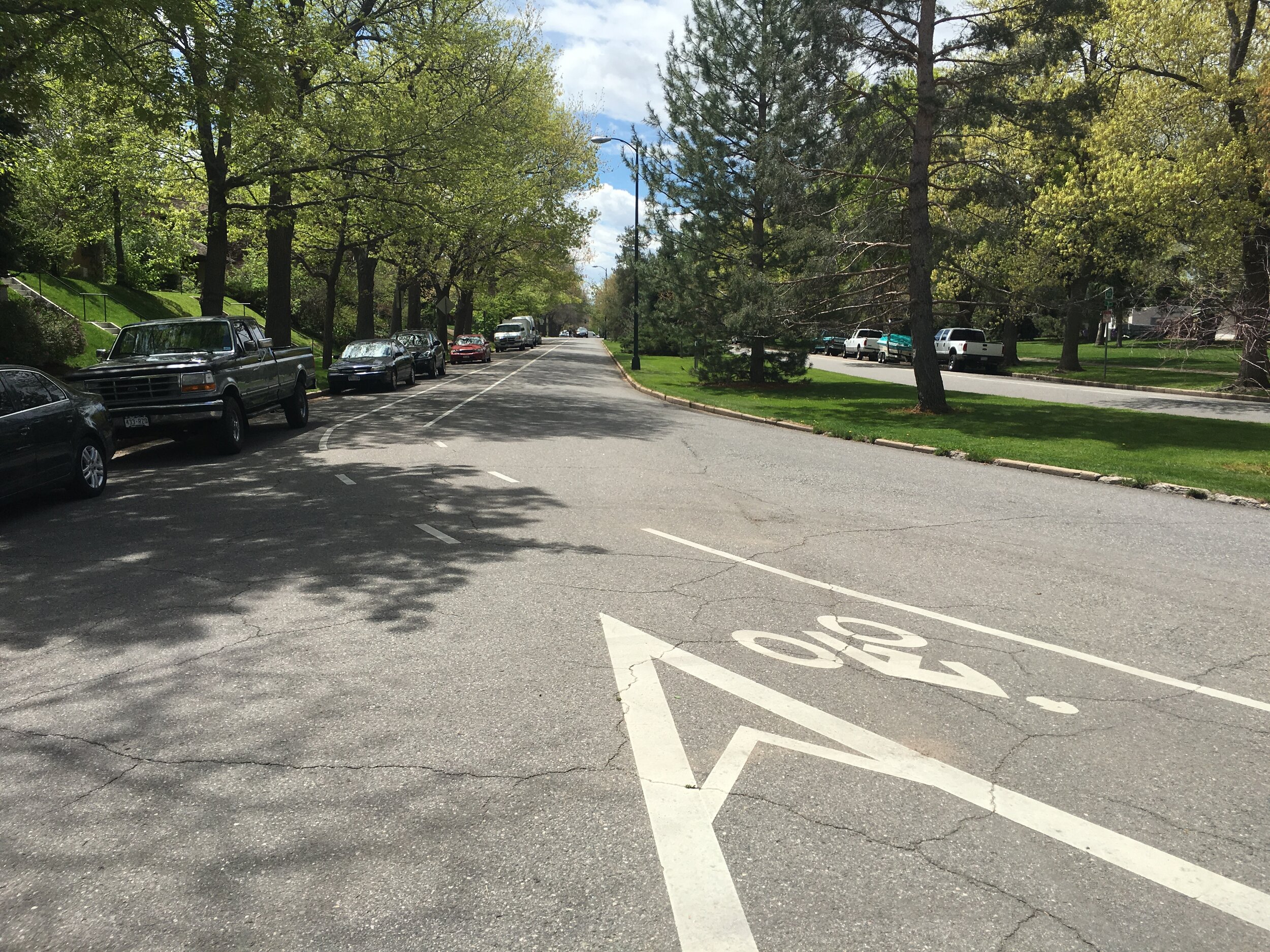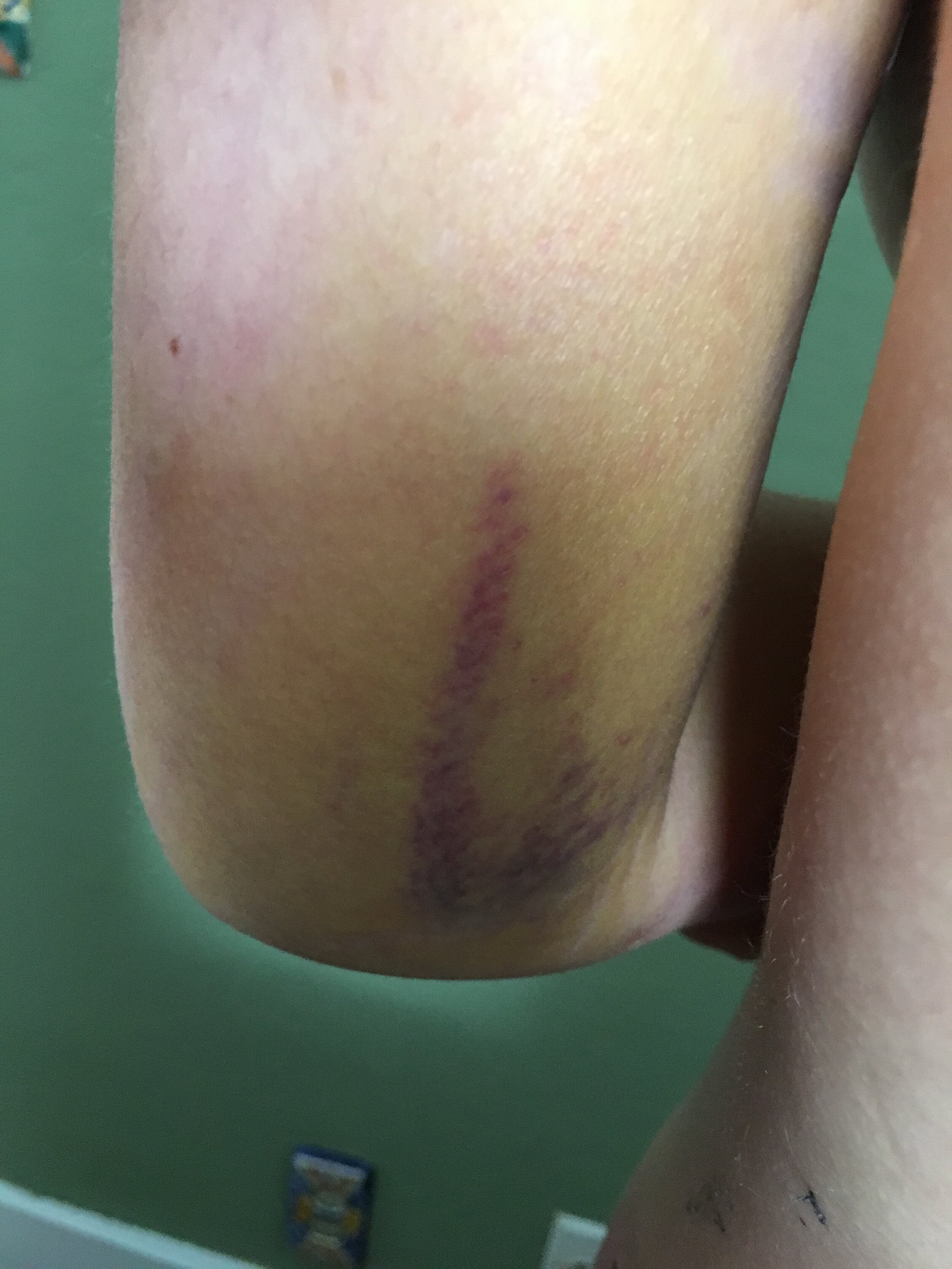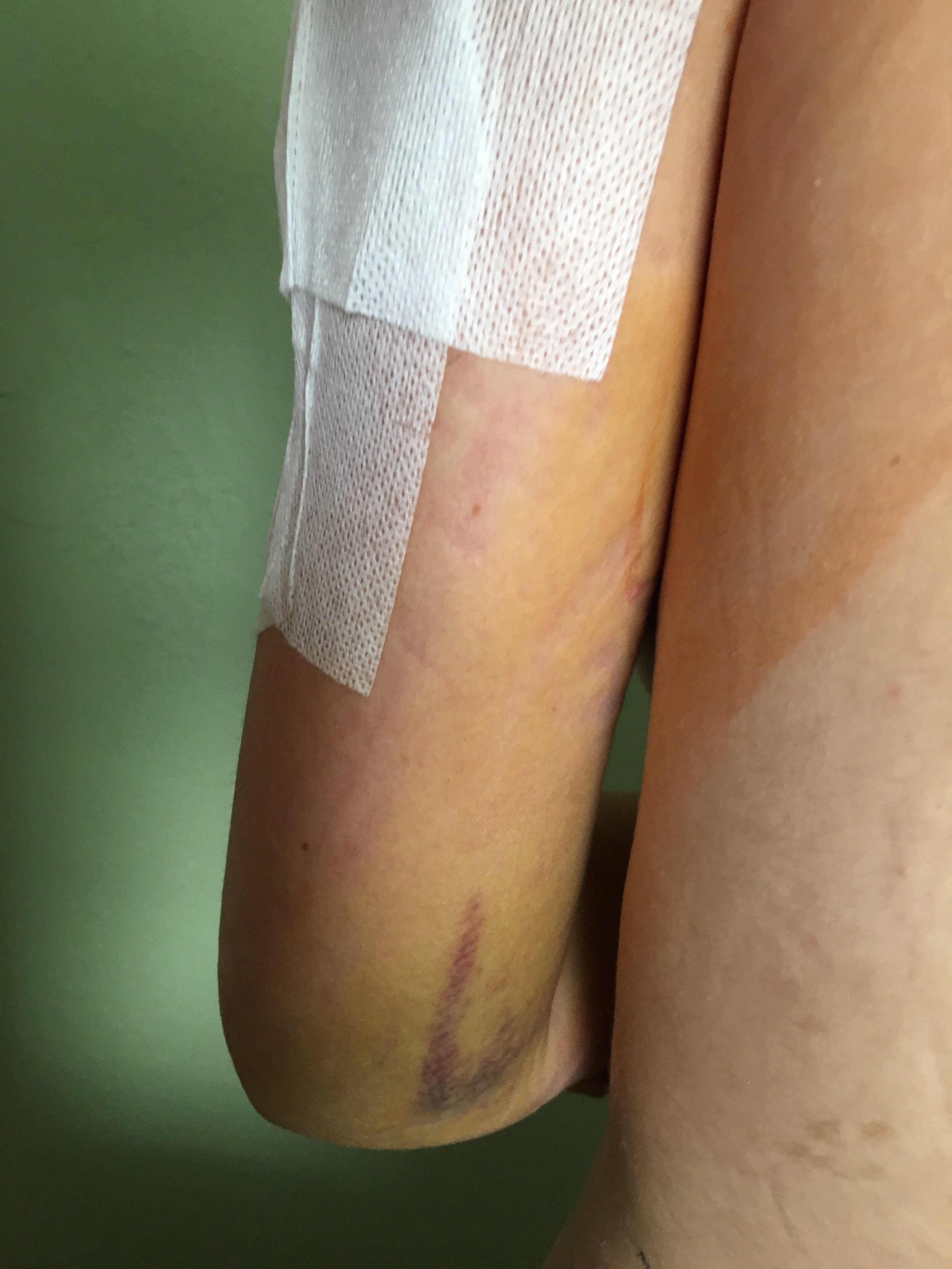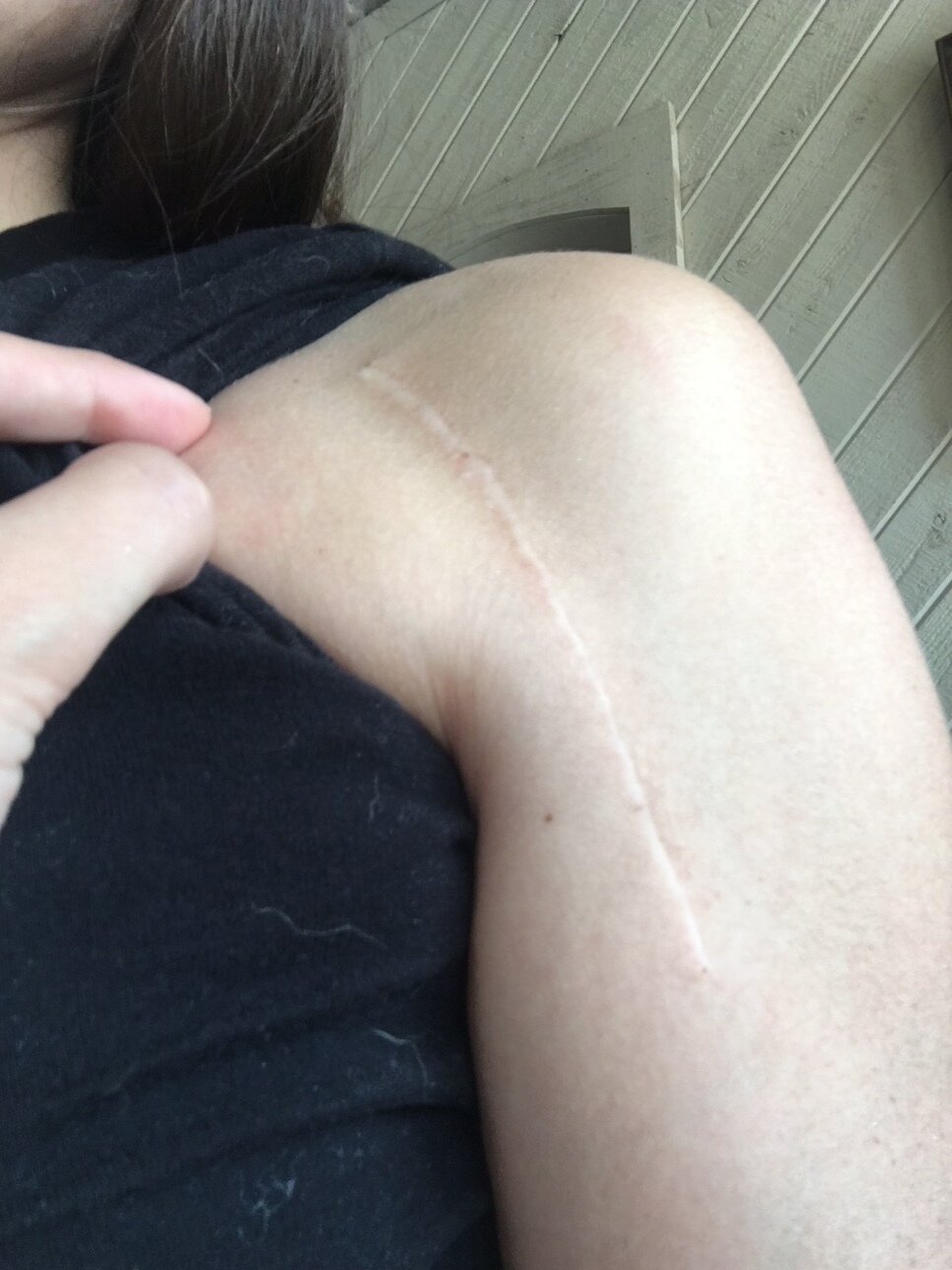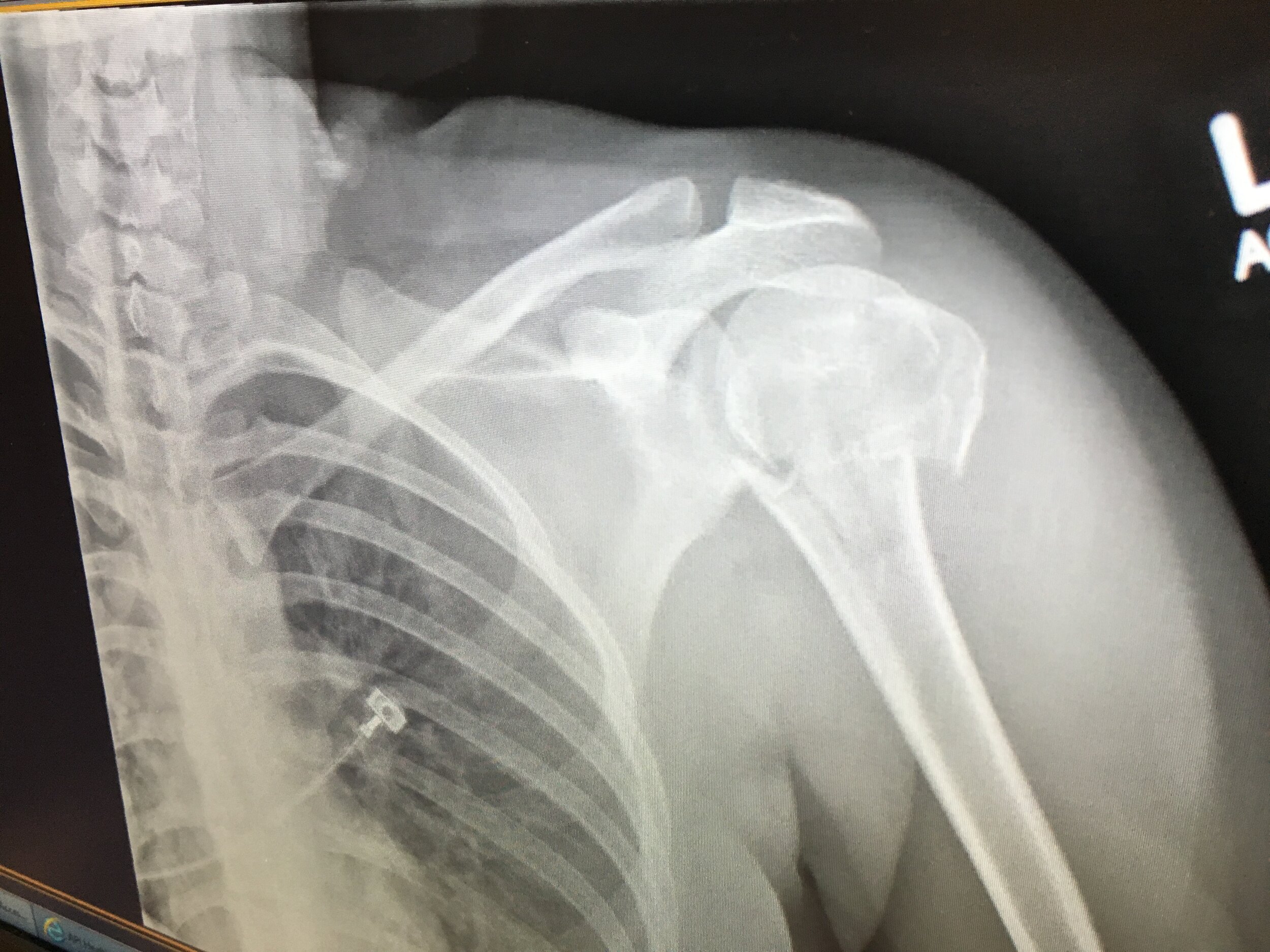Help Us Spread the Word!
Senate Bill 20-061, also known as the bike lane bill, is now law in Colorado and takes effect on July 1, 2020. Signed into law by Governor Polis on March 20th, 2020, C.R.S.42-4-714 requires motorists to yield the right-of-way (ROW) to a bicyclist in a bike lane. It also creates a new traffic offense for failing to yield to a bicyclist or other authorized user in a bicycle lane. Failure to yield will result in a class A traffic offense and is punishable with a $70 fine and three points assessed to the driver’s license.
According to Colorado Revised Statutes 42-1-102 (10.3), a bicycle lane is defined as “a portion of the roadway that has been designated by striping, signage, or pavement markings for the exclusive use of bicyclists and other authorized users of bicycle lanes.” It is important to note that bicycle lanes do include an intersection if the bicycle lane is marked on the opposite side of the intersection. So yes, motorists must definitely yield to bicyclists riding in the intersection.
By law, bicyclists in Colorado must stop at intersections where there is a stop sign or stoplight regardless whether there is a bike lane or not. Only Aspen, Breckenridge, Dillon, Thornton, and Summit County have adopted the so-called safety stops in Colorado. The safety stop, also known as the Idaho stop, rolling stop, or stop-as-yield, allows cyclists to treat a stop sign as a yield sign, and a red light as a stop sign. It is up to each municipality to decide whether to adopt Colorado's stop-as-yield legislation.
If a motorist fails to yield to a bicyclist or other authorized user in a bicycle lane and the result is a crash, the motorist should be cited with careless driving, a class 2 misdemeanor traffic offense, and punished as described in C.R.S. 42-2-1402 (2)(a).
Furthermore, if a motorist fails to yield to a bicyclist or other authorized user in a bicycle lane and the result is bodily injury to another person, the motorist should be cited with careless driving, a class 1 misdemeanor traffic offense, and punished as described in C.R.S 42-4-1402 (2)(b).
Prior to this law, there was nothing on the books in Colorado to make it mandatory for motorists to yield to cyclists in bike lanes. We needed legislation that placed the obligation to yield ROW squarely and firmly on motorists about to turn across a bike lane or at an intersection where a bike lane exists. “It has always been my belief that a motorist must yield to a cyclist in a bike lane before turning into the bike lane or crossing through it,” says Megan.
After handling bike cases for ten years, as well as having a personal interest as the result of her own crash, Megan saw a need for a law to protect cyclists in bike lanes.
Last fall, Megan reached out to Senator Mike Foote, who in 2019 sponsored Senate Bill 19-175 to protect vulnerable road users, including cyclists. Megan expressed her concern to Senator Foote that there were no laws in Colorado to protect cyclists in bike lanes. Senator Foote, a cyclist himself, agreed.
Both Megan and Senator Foote also felt that there was an uneven application of the law statewide when it came to how/if drivers are cited. Sometimes the driver gets cited, sometimes the cyclist gets cited, sometimes nobody gets cited. Senator Foote said the goal of this bill was to clear that up.
Hottman Law Office has seen law enforcement and insurance carriers investigating bike lane crashes in varied and inconsistent ways. We have heard crazy arguments such as “Even though the cyclist was riding lawfully in the bike lane,
They were going too fast for the conditions (even though well under the speed limit).
They were not dressed brightly enough (even though it was broad daylight and they had blinkie lights on).
The cyclist still should have made eye contact before proceeding straight.
The car made it to the intersection first, so it is the cyclist’s fault.
Since traffic was stopped to the left of the bike lane, the cyclist should have stopped as well.
Cyclists should have to anticipate and yield to cars turning right across the bike lane to access the driveway.
The cyclist should have anticipated they would be overtaken.”
Cyclists are encouraged to use bike lanes instead of riding on sidewalks. They are there for safety reasons. Cities all over Colorado are adding bike lanes to make cycling safer. In 2017, Denver voters approved a 10-year, $937 million bond, which is called the Elevate Denver Bond Program, to improve Denver’s infrastructure. The program dedicated $18 million to the design and construction of 50 miles of neighborhood bikeways and protected bike lanes, so-called high comfort bikeways.
Unfortunately, the fact of the matter is, cyclists are often injured or killed while riding in the lane that is actually supposed to protect them.
To add insult to injury, cyclists are often blamed or even cited for causing a crash in the bike lane. There are near misses happening all over the state. Senator Foote has been the victim of those near misses several times. Drivers will accelerate in order to make the right-hand turn, so that they do not have to wait for the cyclist to get through the intersection.The driver misjudges how fast the cyclist is going and cuts off the cyclist. The cyclist has to brake really fast and may end up falling off the bike, or the cyclist runs into the car.
On Monday, February 3, 2020, Senator Foote, Megan, several of our former clients who had been hit in the bike lane, law enforcement, Bicycle Colorado, AAA Colorado, as well as members of the Colorado cycling community testified in front of the Senate Judiciary Committee about the need for SB20-061 to make cycling safer in Colorado.
One of those cyclists hit while riding in the bike lane was Delores Marquez. She was riding in her neighborhood on her way to a bike trail when a driver ran a stop sign. Delores landed on the hood of the car, and her head hit the windshield. The driver accelerated, and Delores’ body continued to be hit by the car. She had a broken sacrum and tailbone, a severe concussion, and several other injuries. Delores went through two surgeries and almost lost her life due to complications during one of the surgeries.
“I thought I would be safe riding in a bike lane because the city put them there for us to ride vs. the traffic lane. If we are going to continue getting bike lanes, then the city needs to protect us in those lanes. Motorists have to watch out for the cyclists,” she said. “I want to empower law enforcement, and I want motorists to know that they will be cited if they don’t yield to cyclists who are lawfully riding in these lanes in Colorado.”
Dennis King was also hit while riding in a bike lane. As a retired law enforcement officer and now a part-time campus police officer at the Colorado School of Mines, he stated that passing the bill into law would help law enforcement officers cite drivers correctly.
“The bill itself, I think, would be a valuable tool as an officer to give us something to do, that when we get into these encounters between a car and a bicycle, you would have a new option, a new tool. You’d have something we didn’t have before,” he said.
Skyler McKinley, Director of Public Relations and Government Affairs at AAA Colorado, testified on behalf of AAA in support of the bill. He explained why both motorists and cyclists should want the bill, as it clears up what is an oversight in the law.
“It clarifies how bicyclists and motorists are required to act when bicycle lanes are present. Specifically, it gives drivers more information about what they are supposed to do when they see a bicycle lane. They don’t have that information right now, and that’s what creates conflict, and it creates tension,” explained Skyler Mckinley. “That oversight has really burdened drivers at the safety expense of people on bicycles.”
Teri Vogel, whose husband Chuck Vogel was hit and killed by a driver on July 4, 2019 while riding his bike, encouraged lawmakers to pass the bill due to the need for clarity for law enforcement. Terri advocated not only in support of the bill for bicyclist safety but also for motorist behavior.
“I feel that if there are laws put into place and guidelines that help both the motorist understand their duty, their ownership, their responsibility while also helping law enforcement officers know how to act and what to enforce, then everybody comes out better.”
The bill passed with a vote of 3-2 in the committee and then in the Senate.
On February 20, 2020, we were back at the State Capitol testifying, this time before the House Judiciary Committee along with the bill’s co-sponsor Representative KC Becker. It passed 11-2 in the committee and then passed in the House.
Now, we are asking you to spread the word about this new law. Tell anyone and everyone, even if they are not cyclists, because, most likely, they are motorists who need to know! It is time to educate your neighbors, co-workers, family, and friends. If you have a teenager who is learning to drive, let them know that they must yield to bicyclists in bike lanes. If you know a law enforcement officer, update them on the new law. Share the news to your social media sites. Let’s get the word out!

